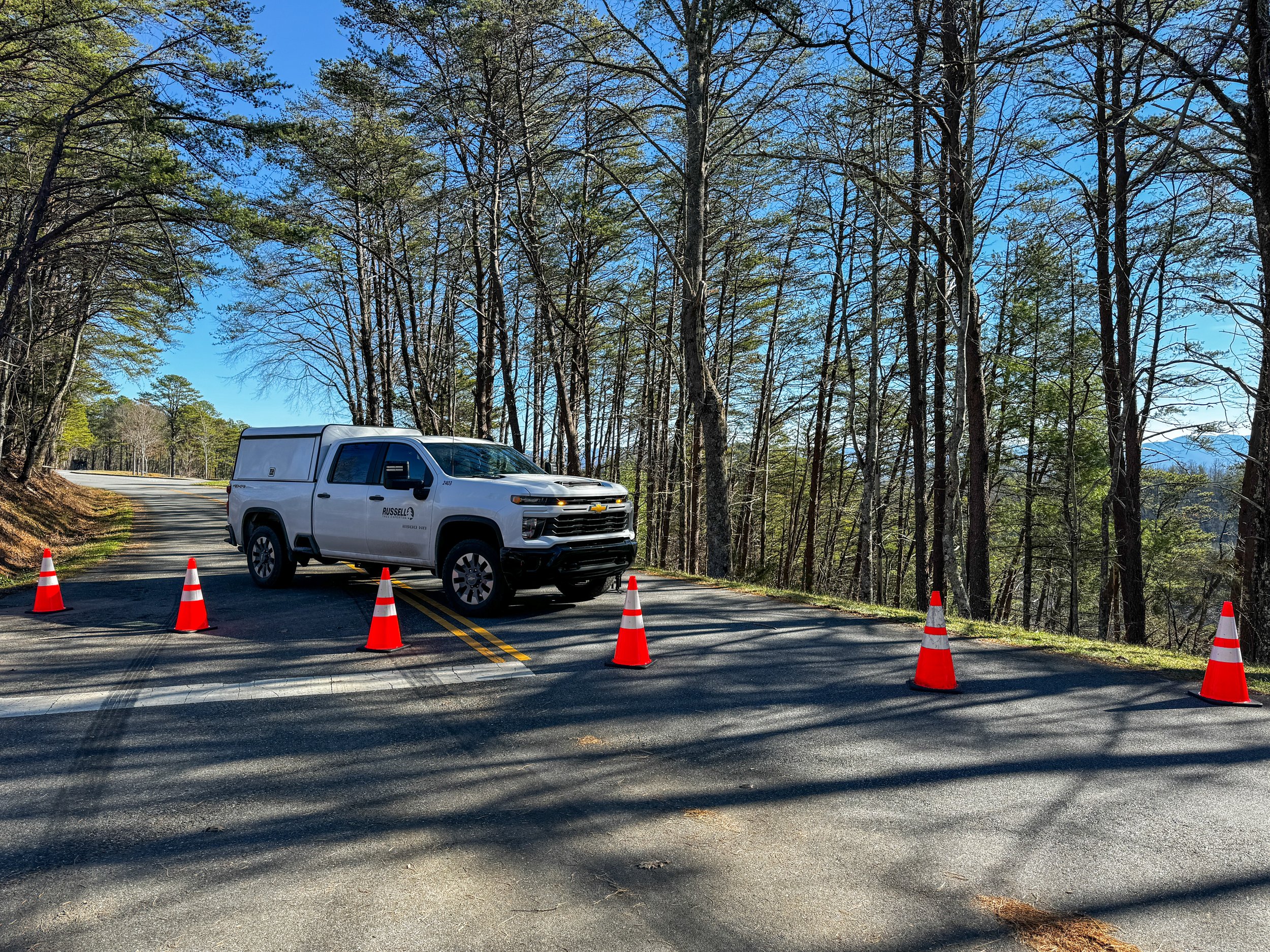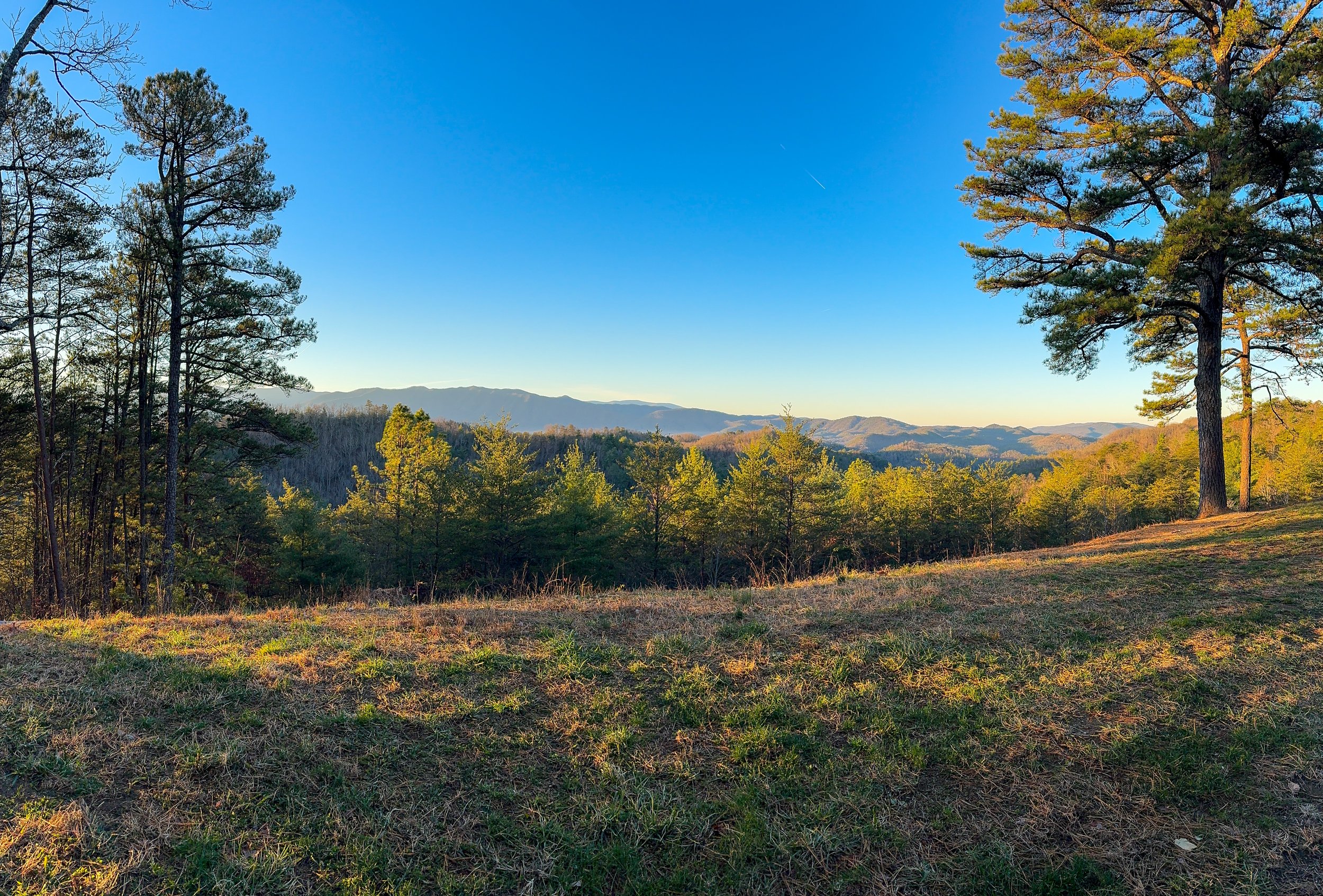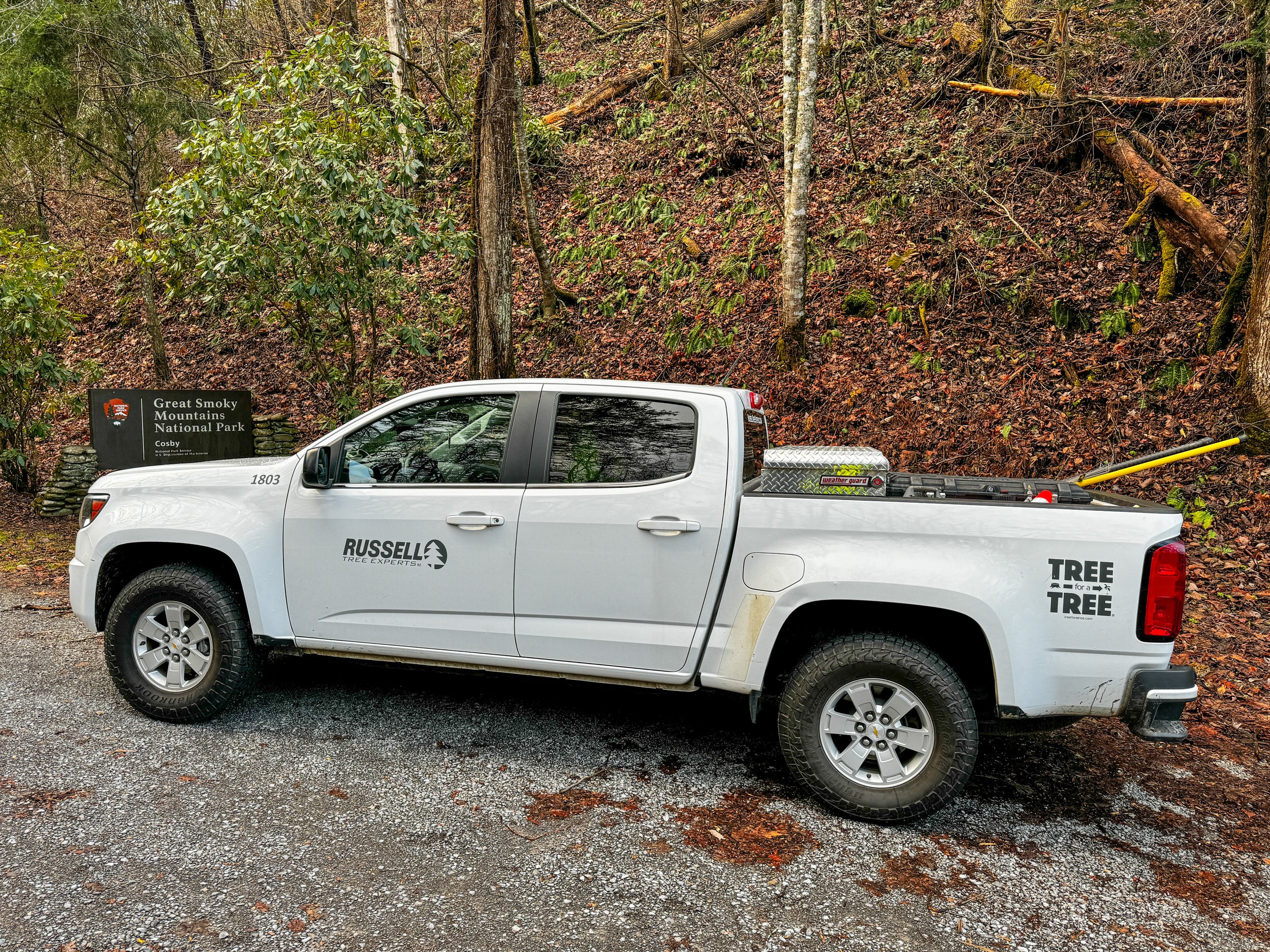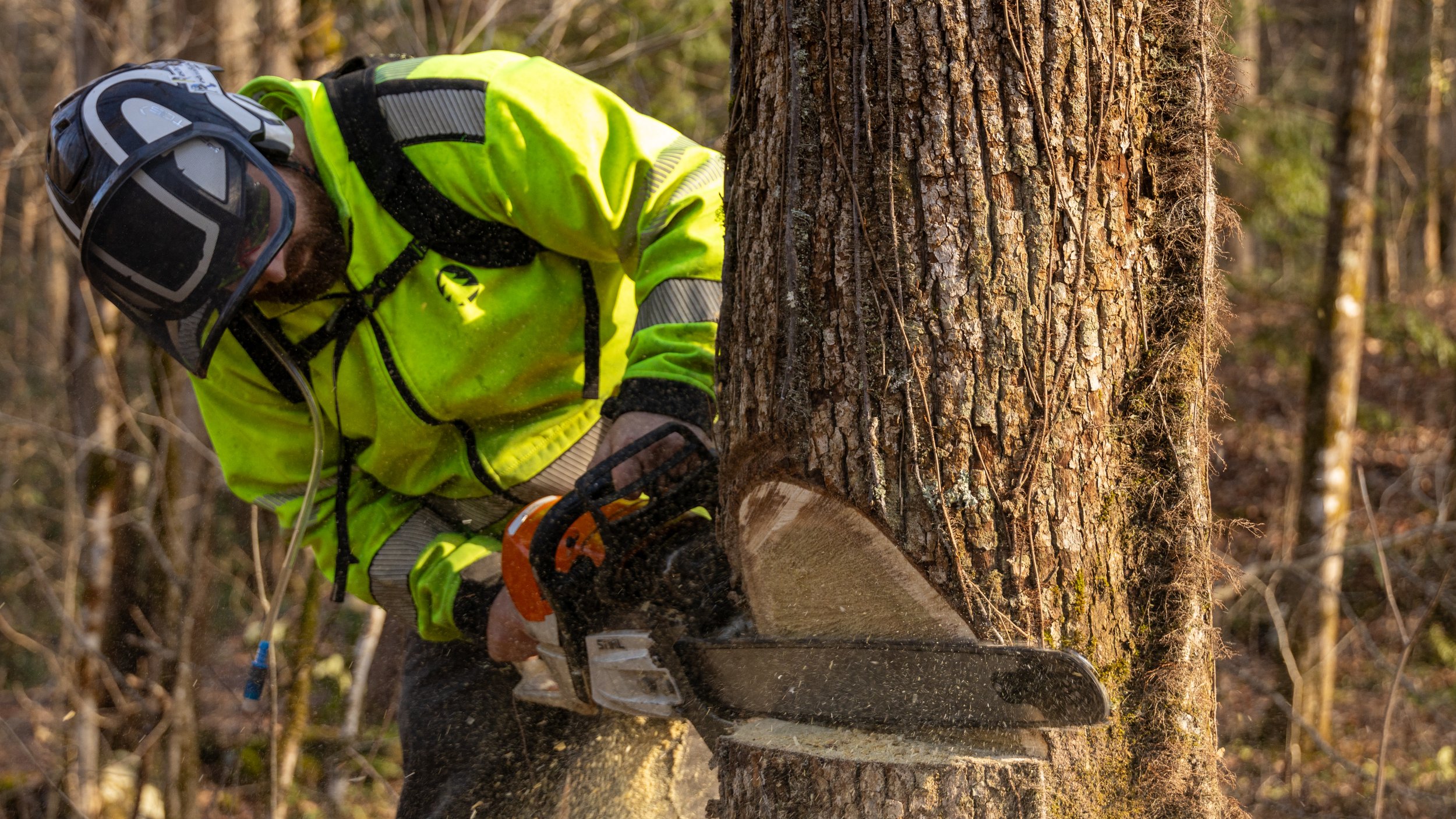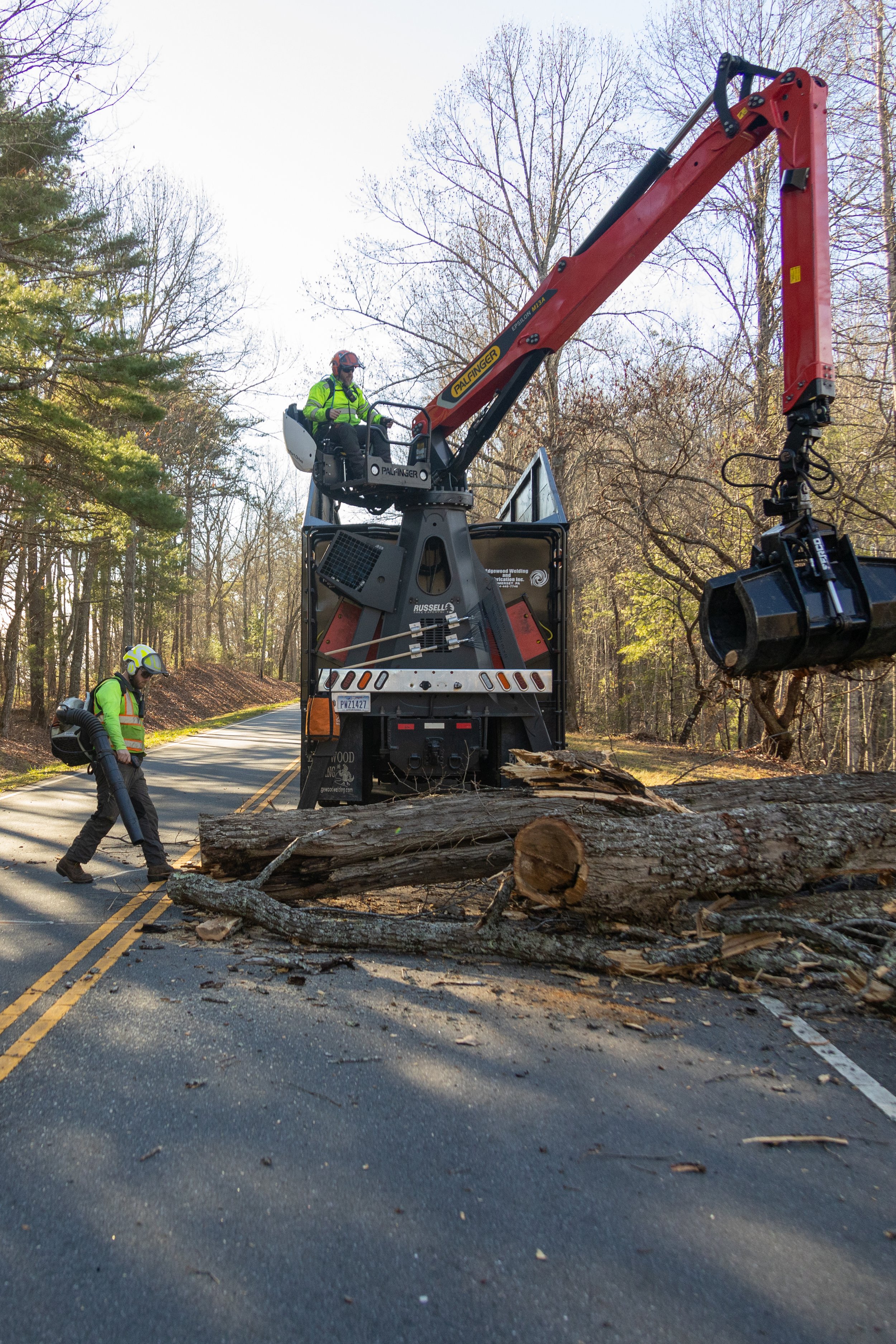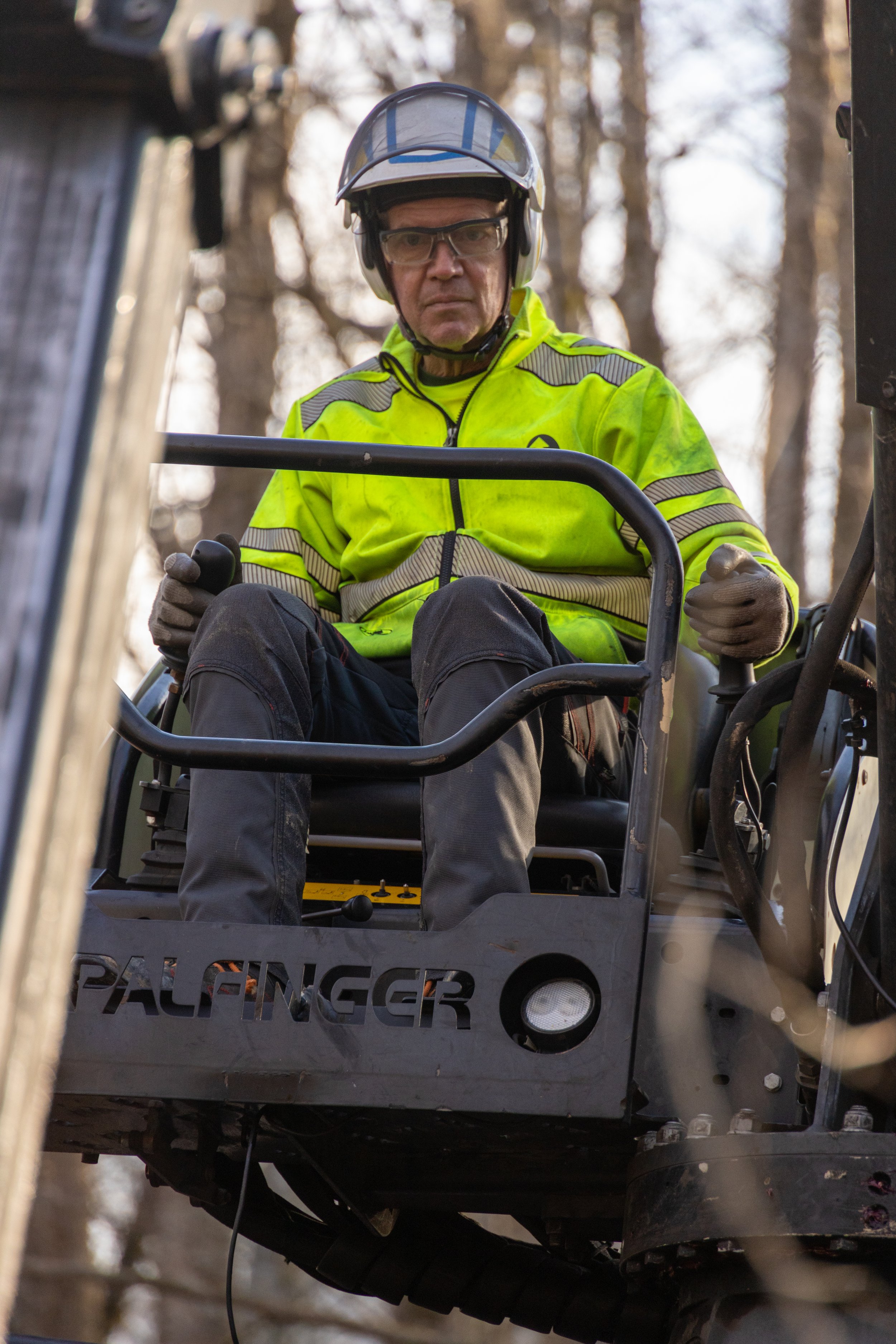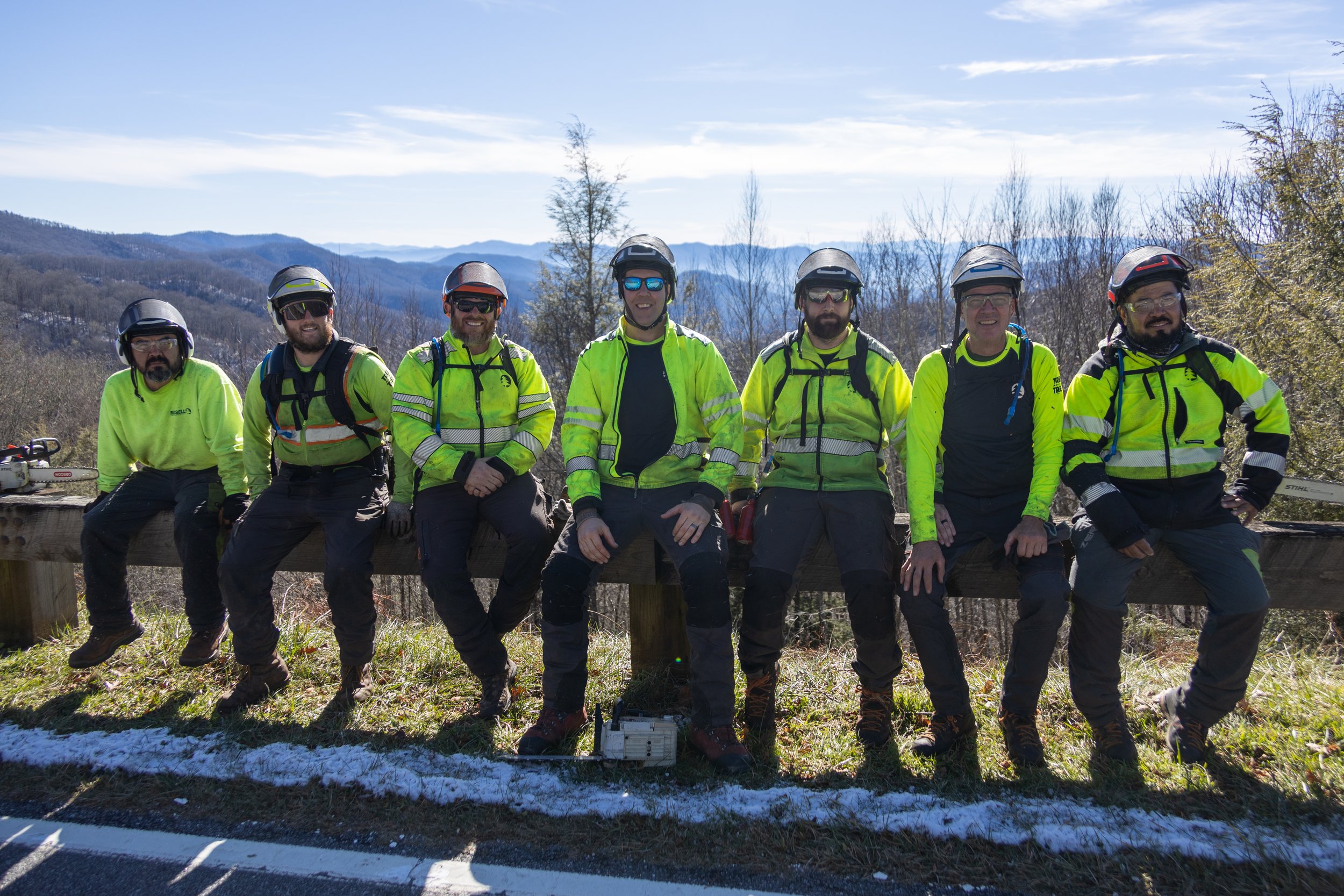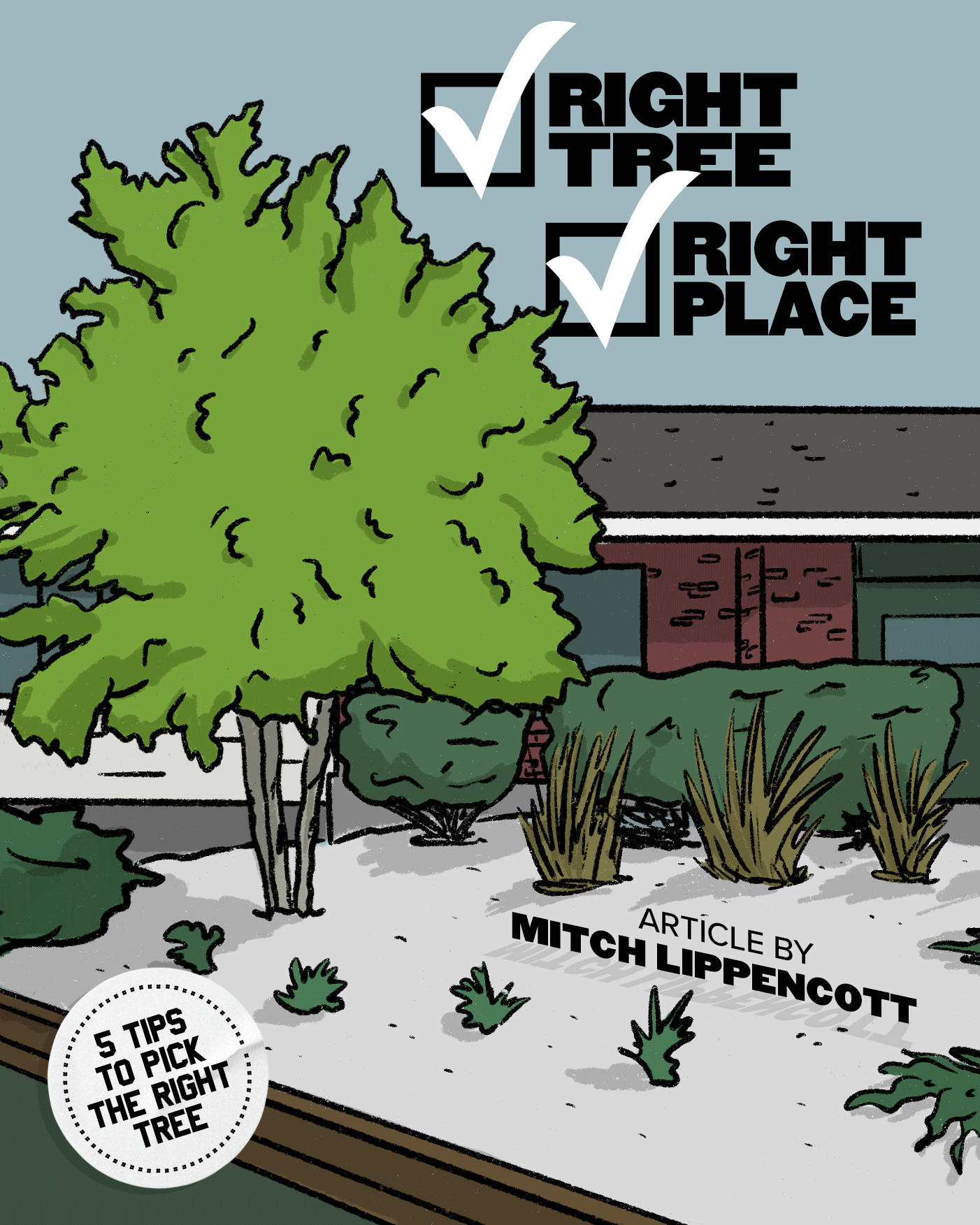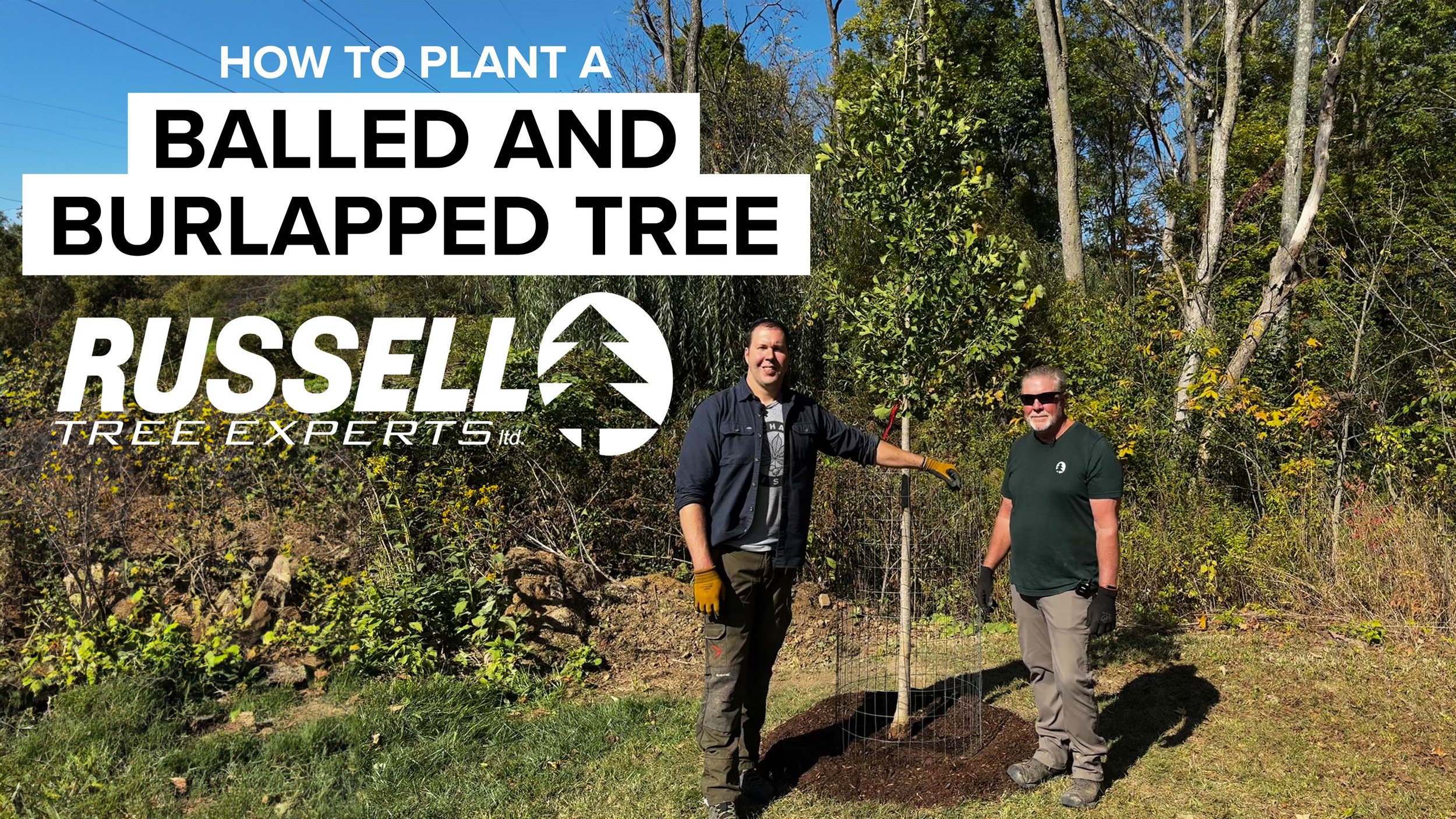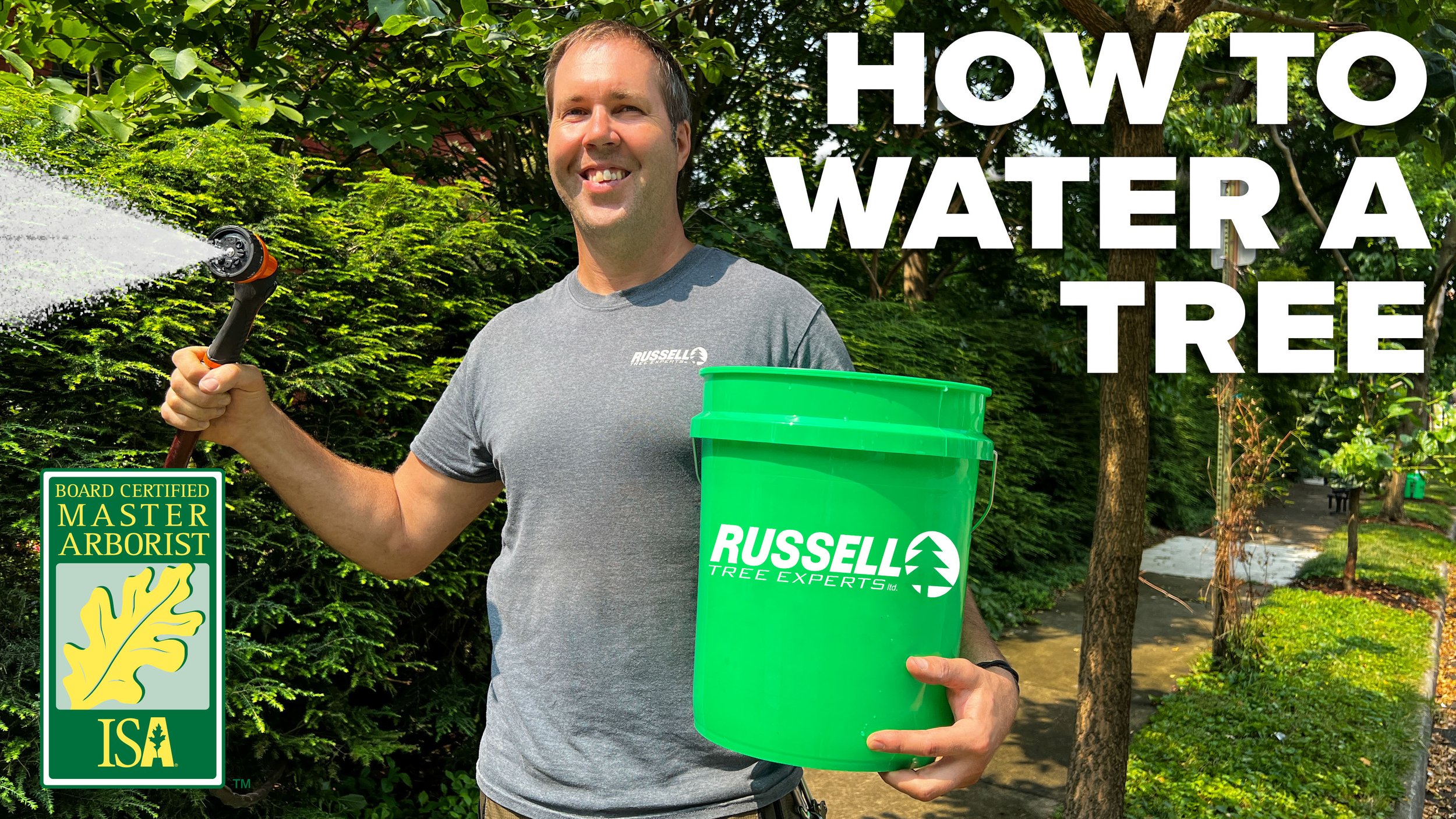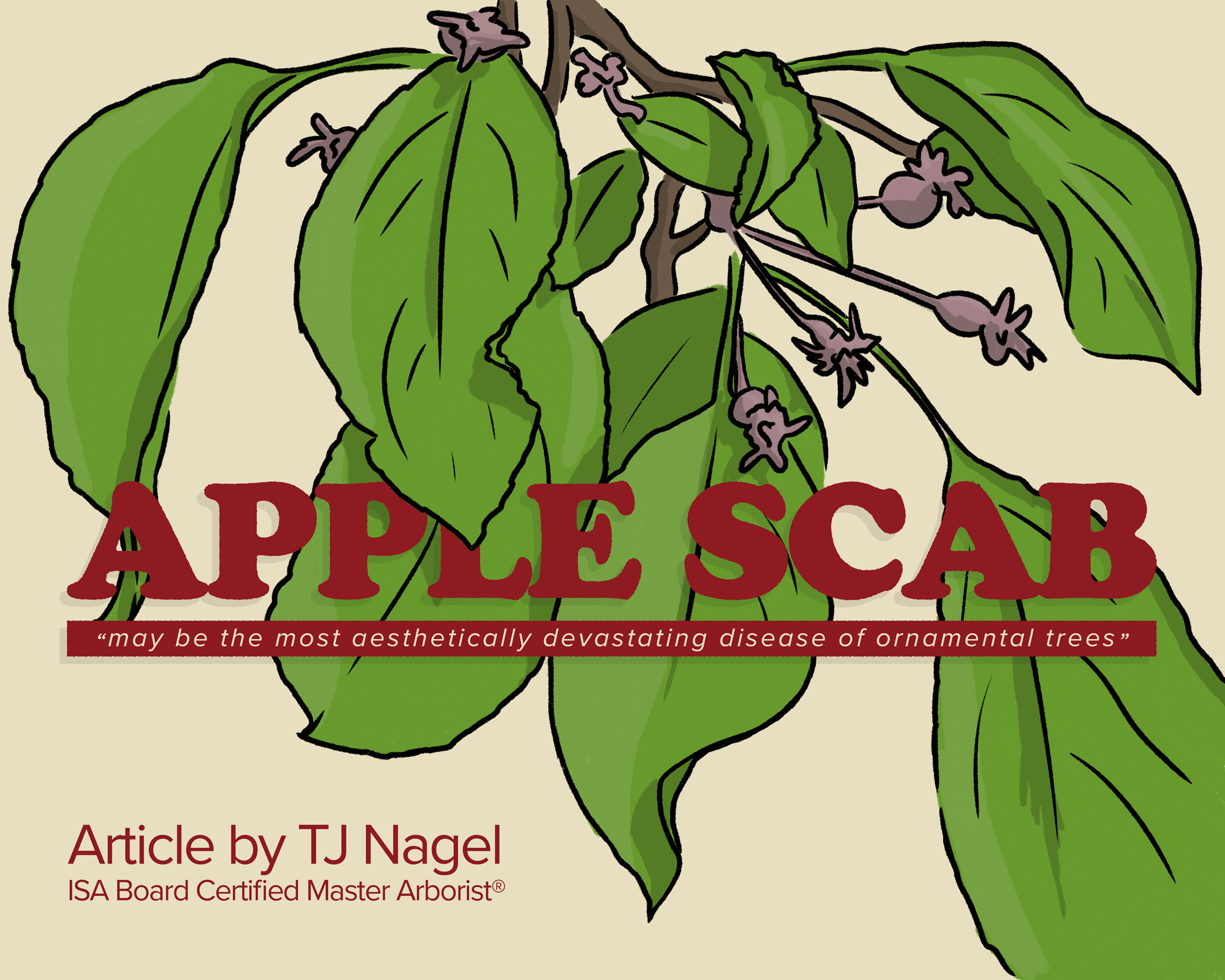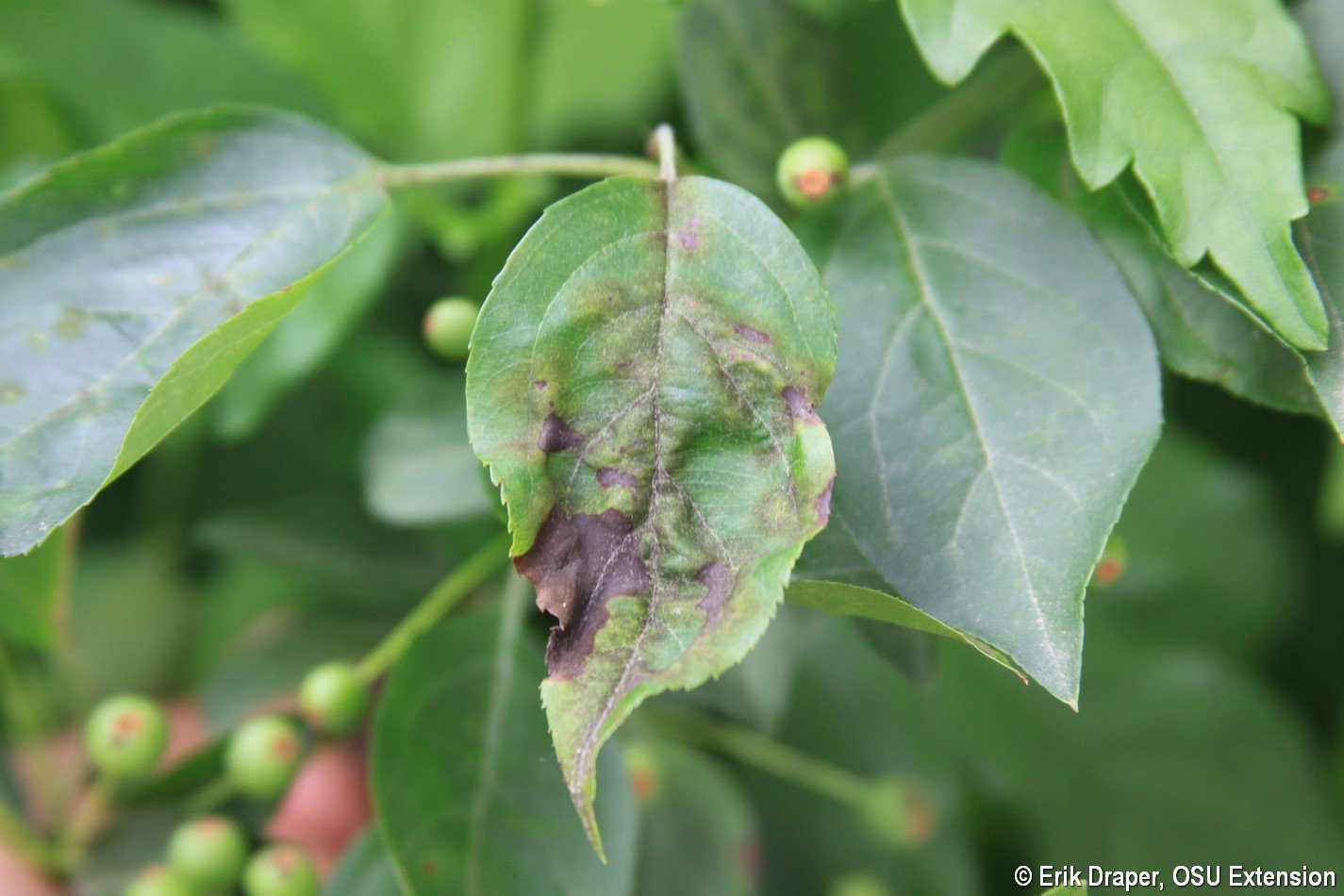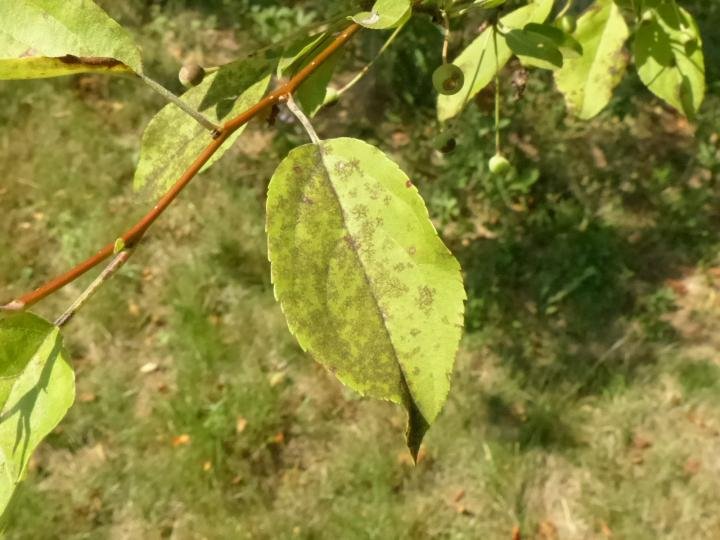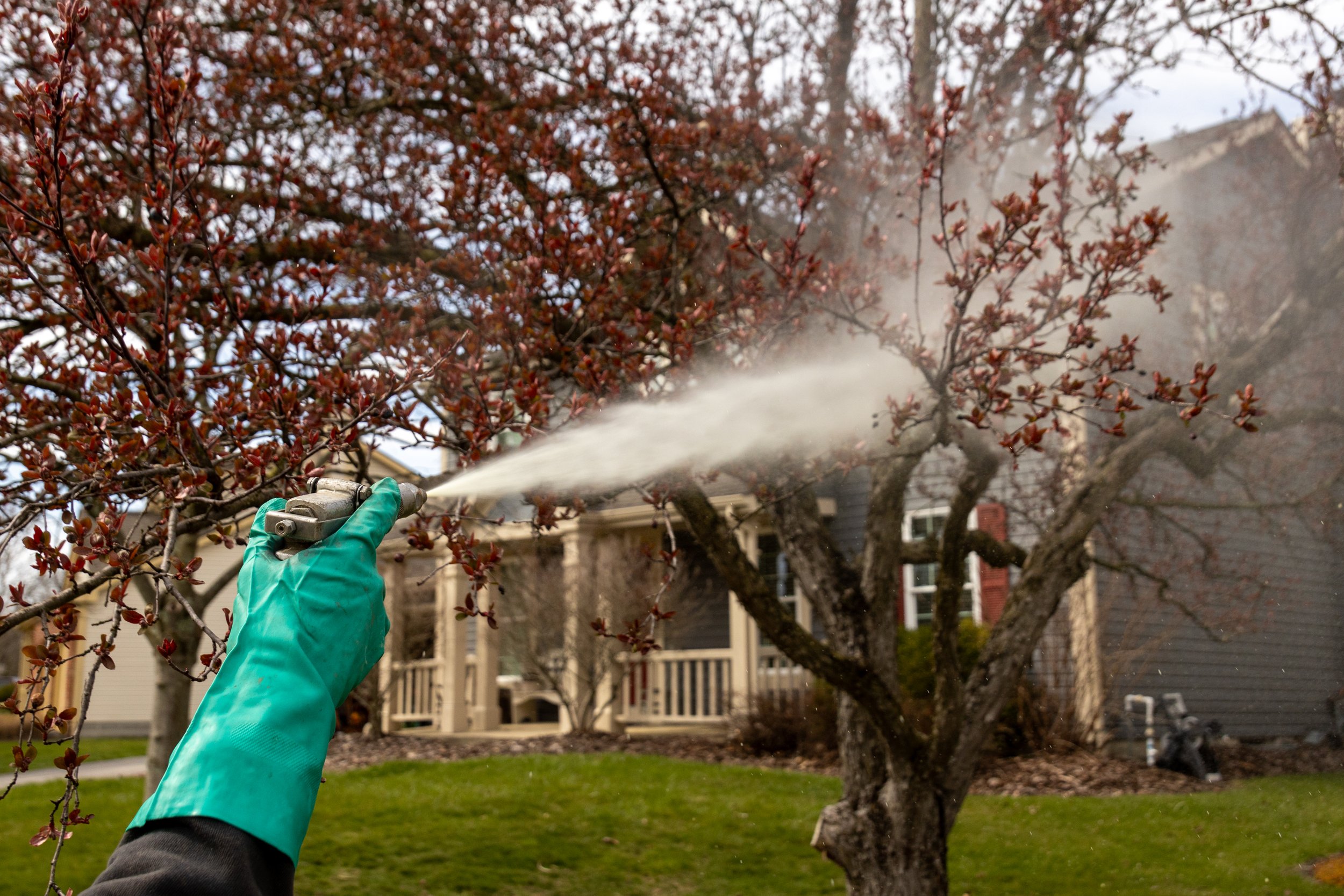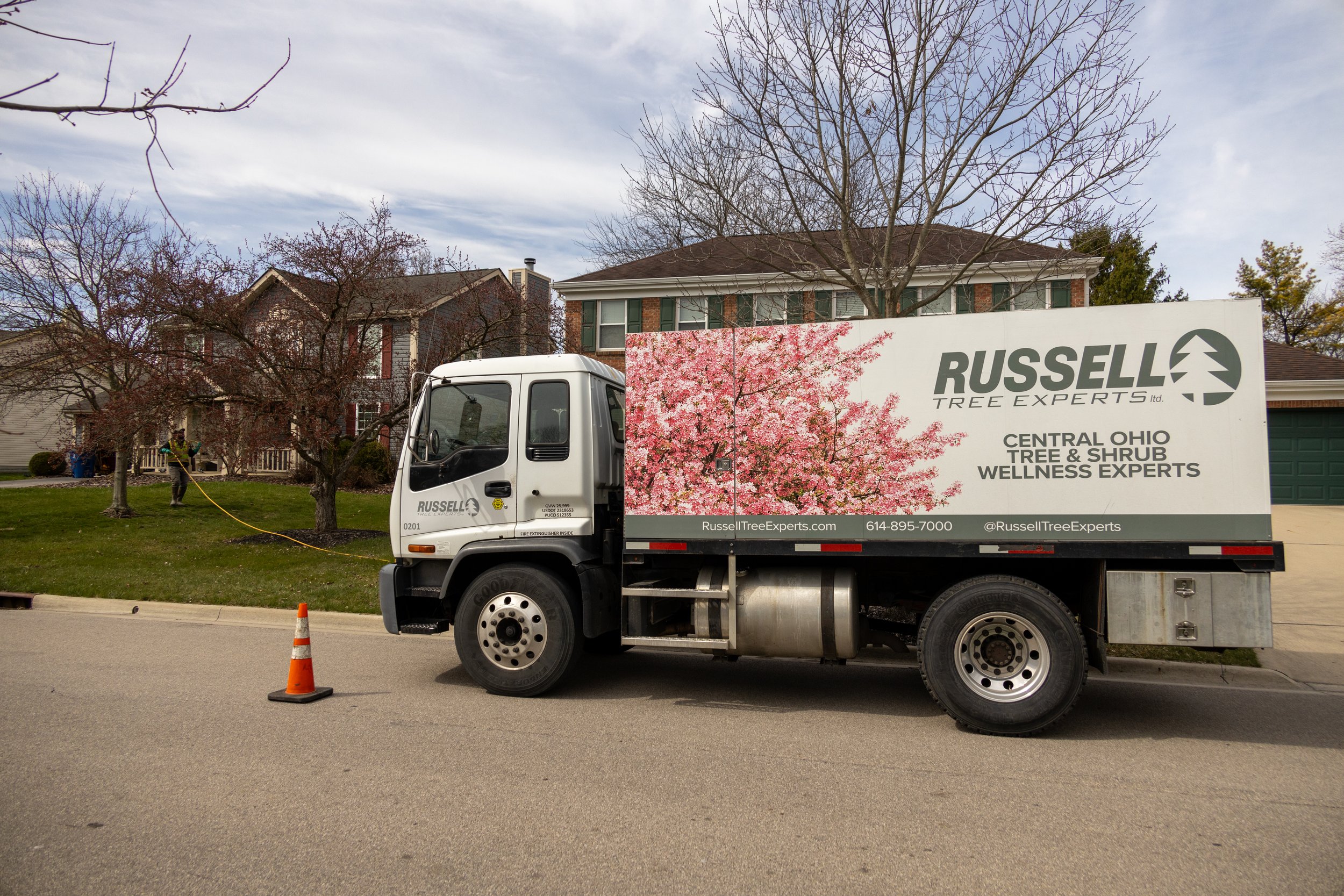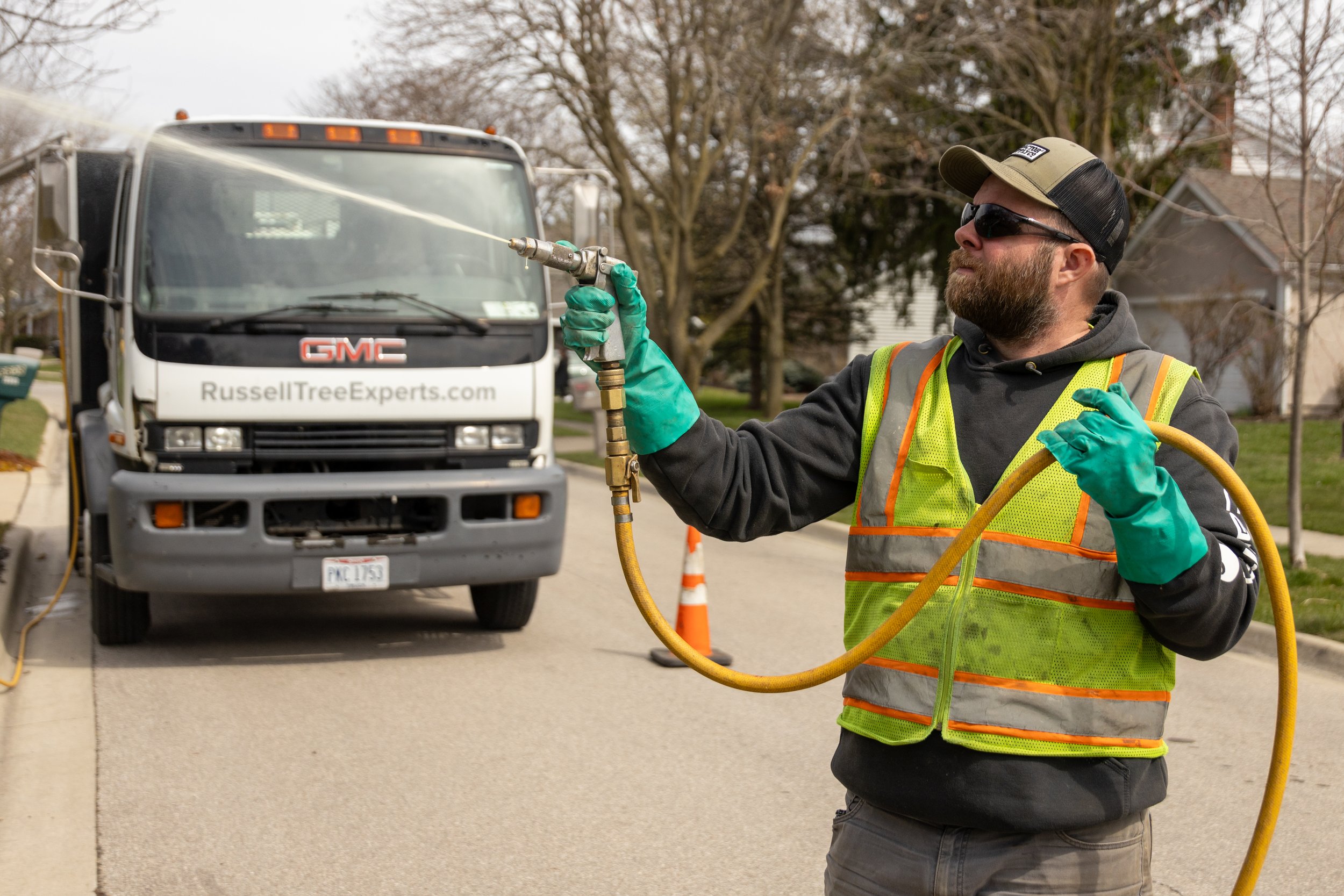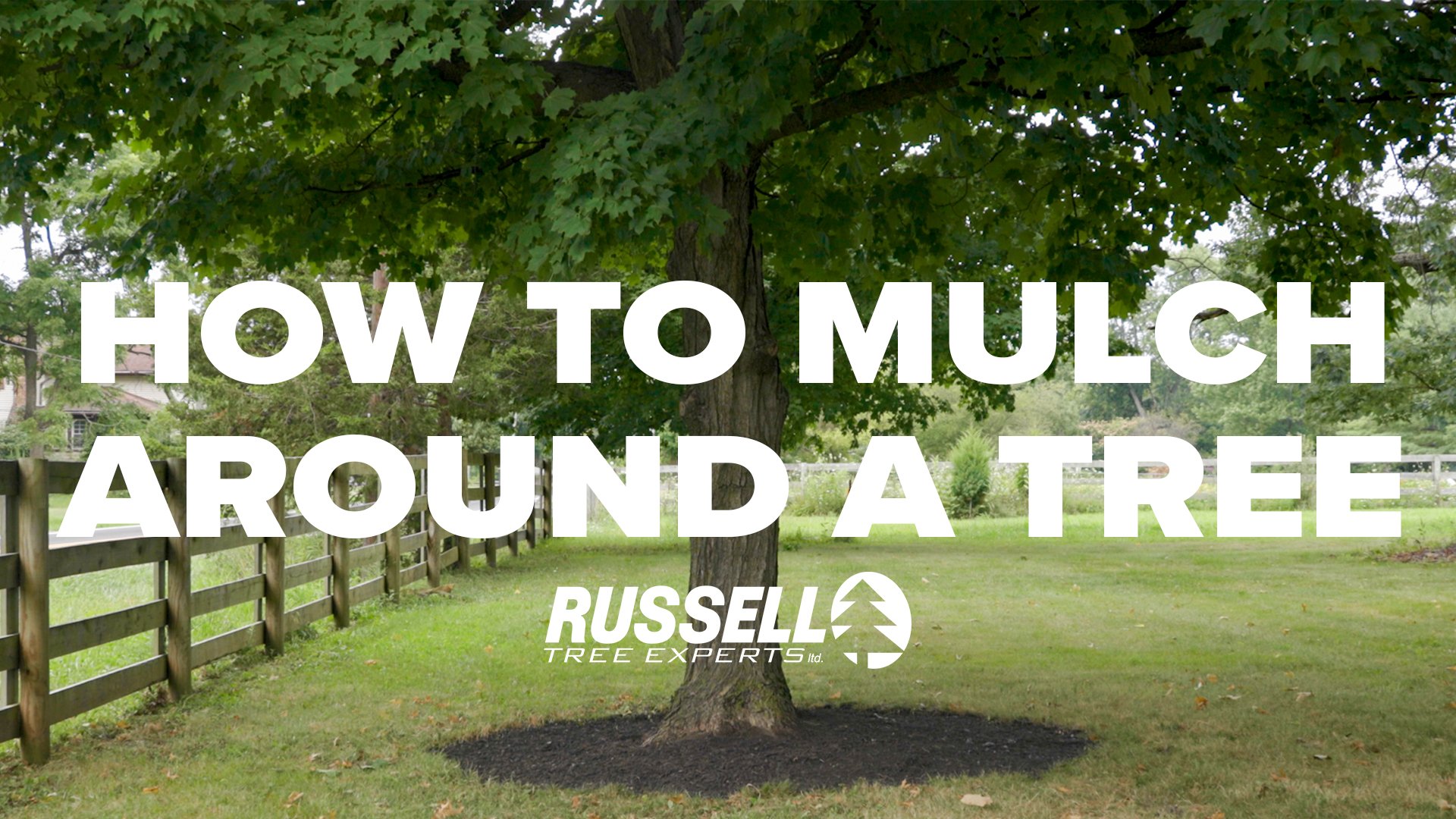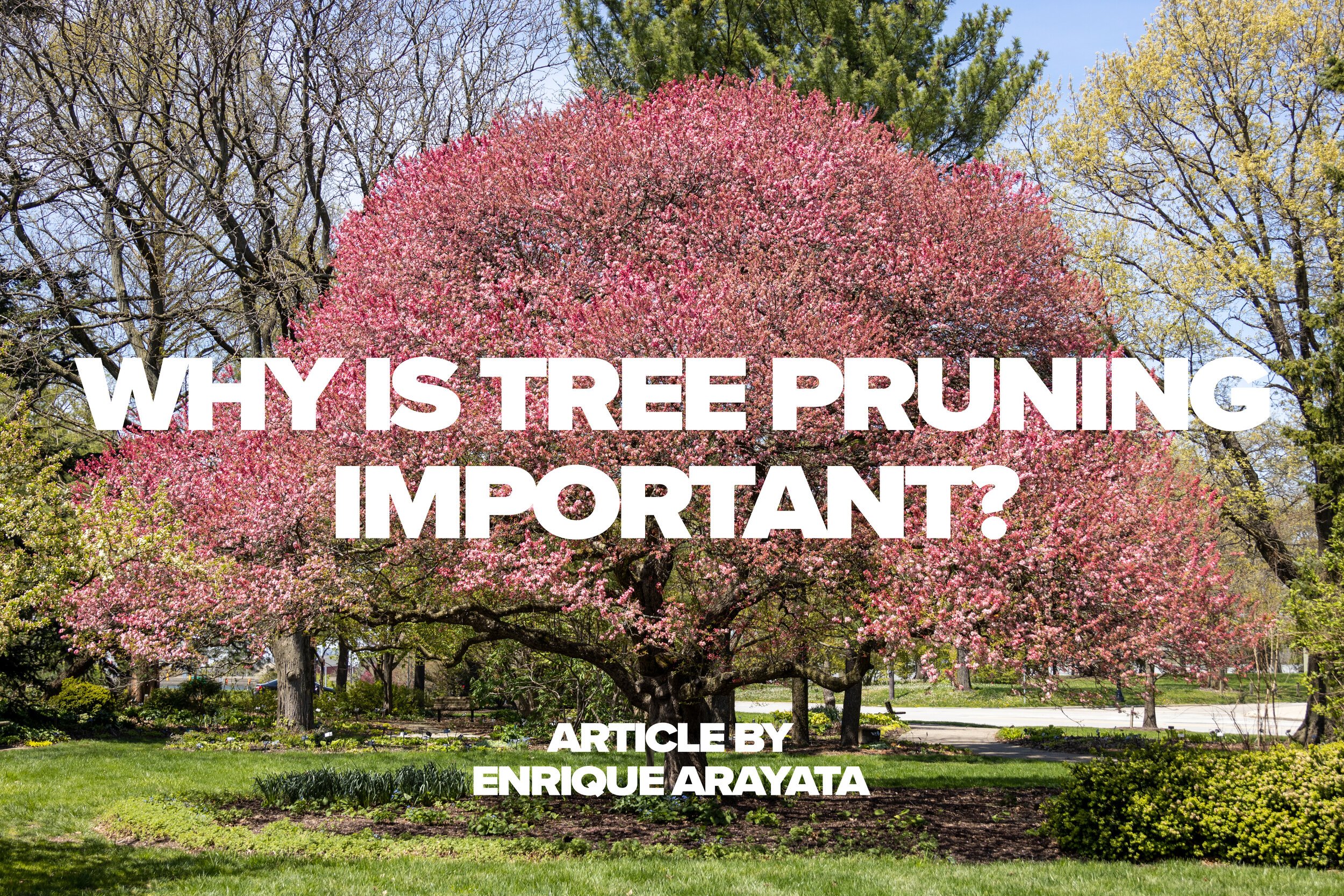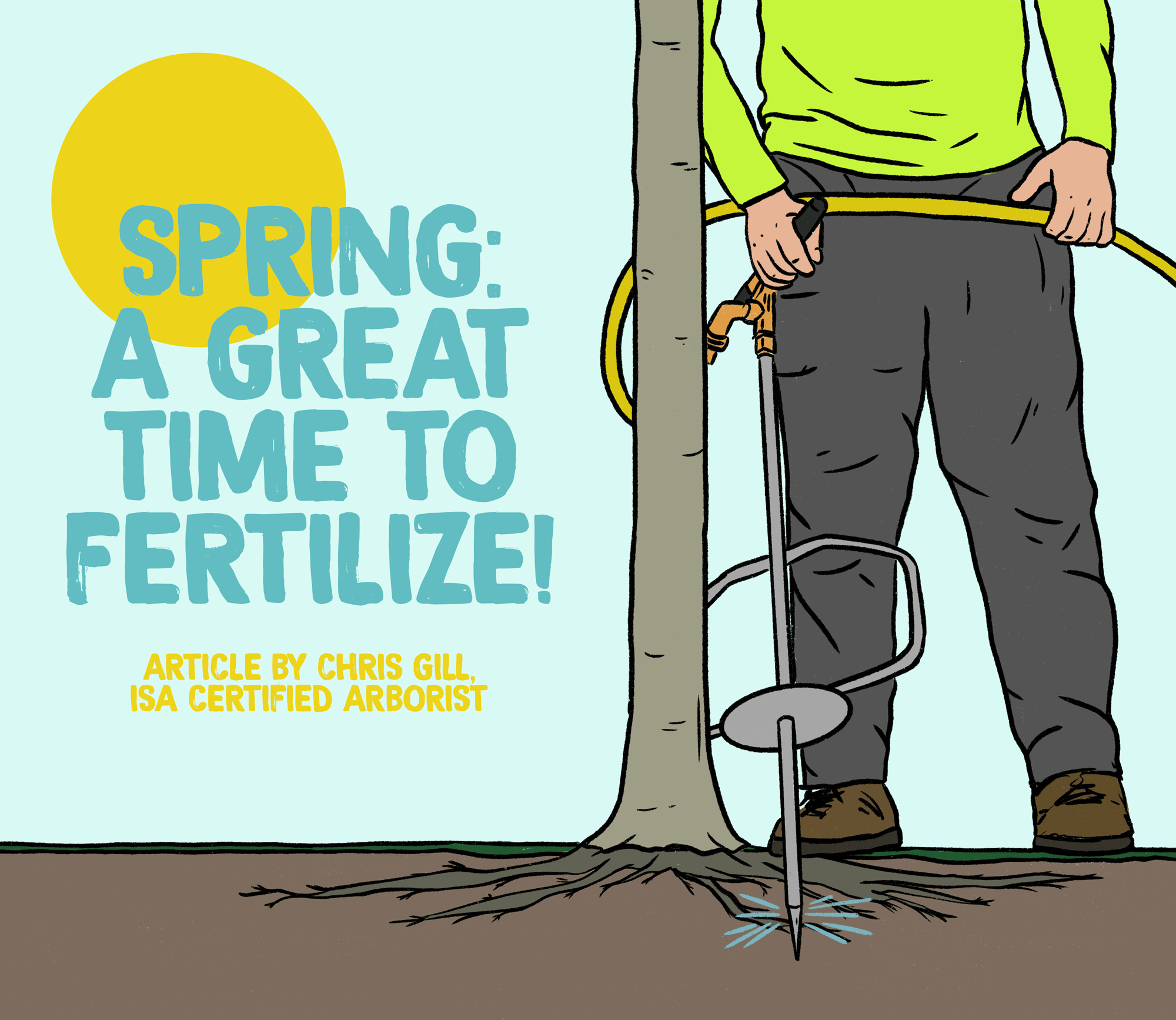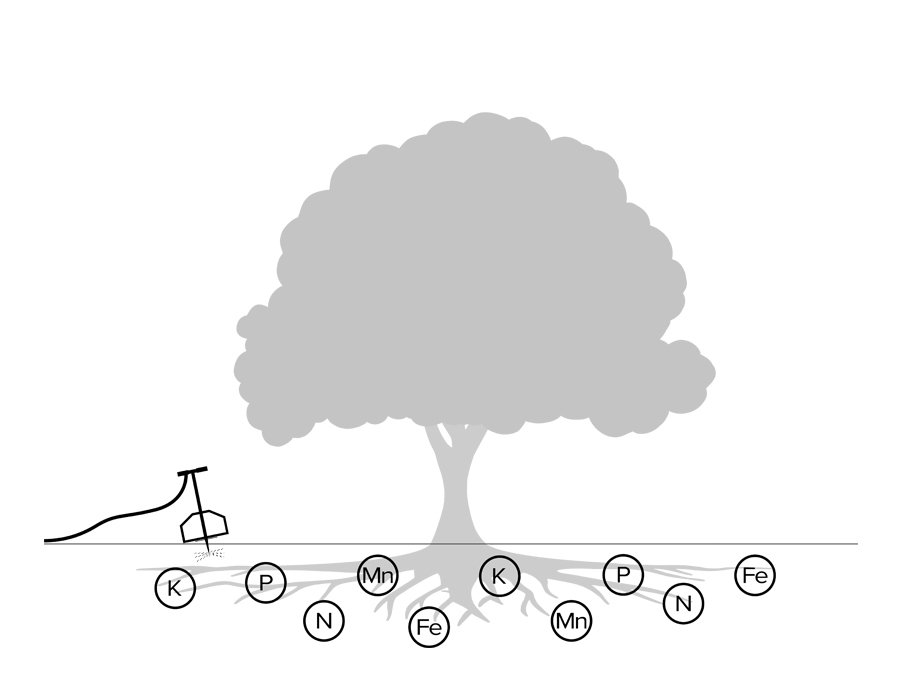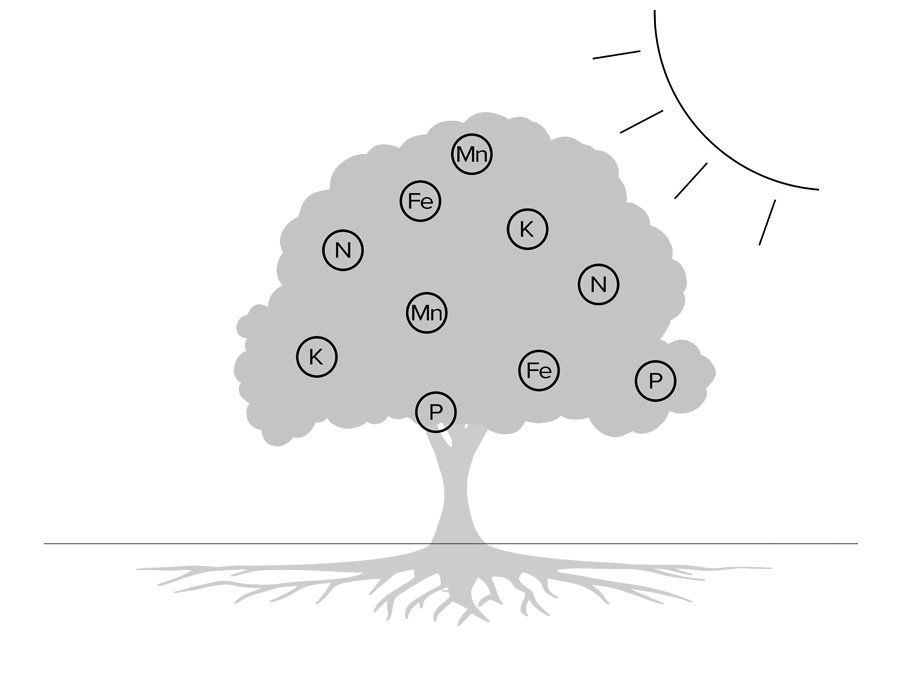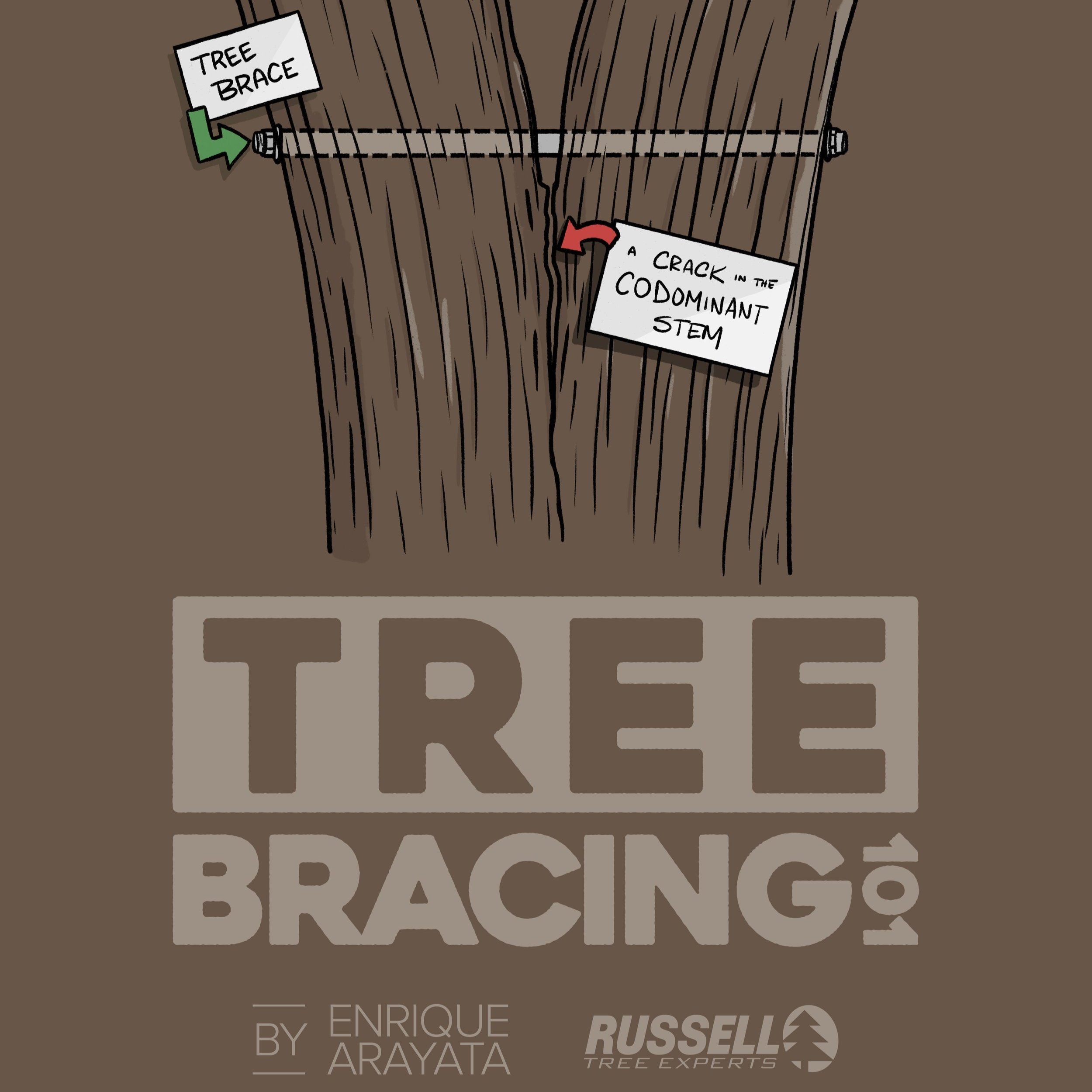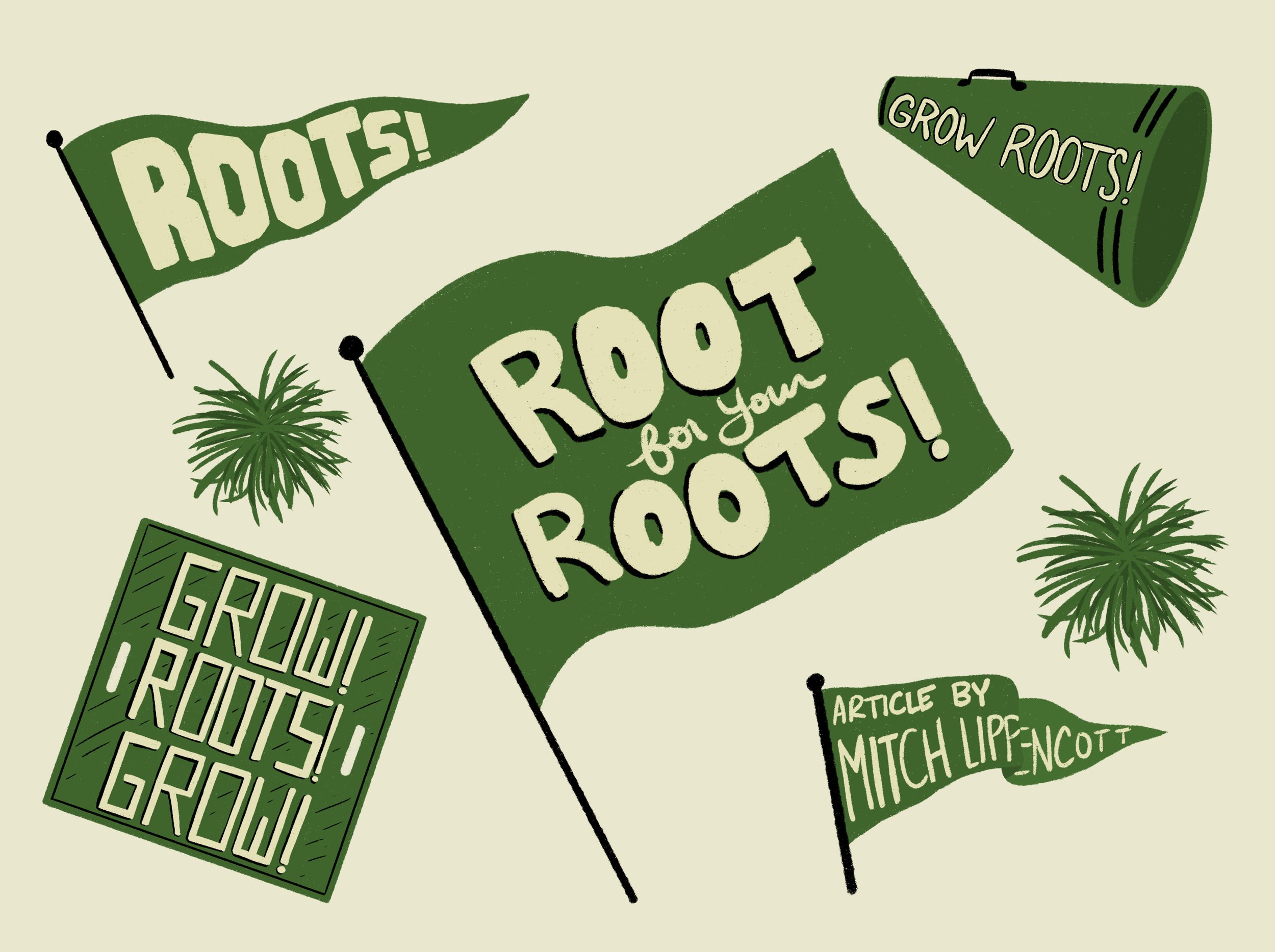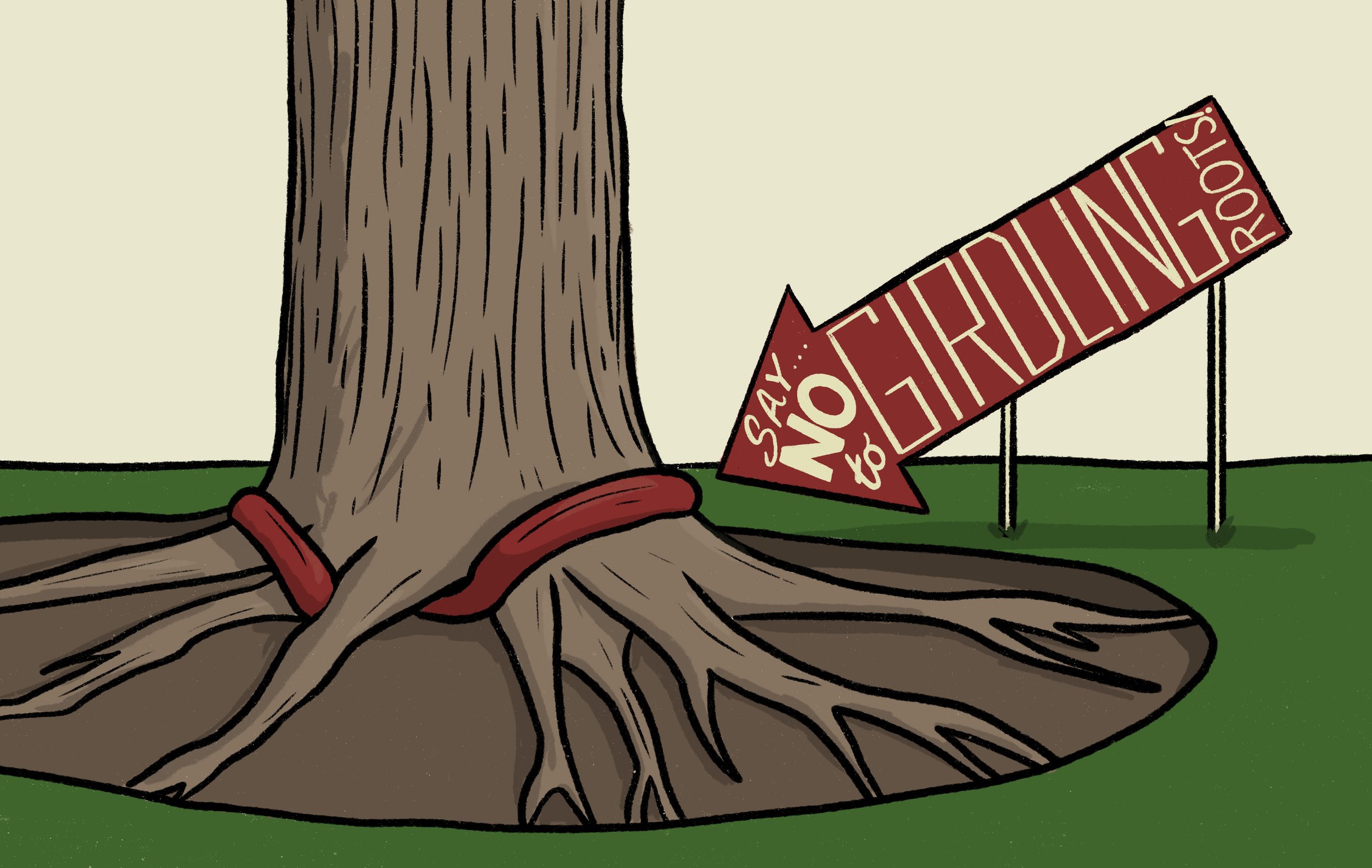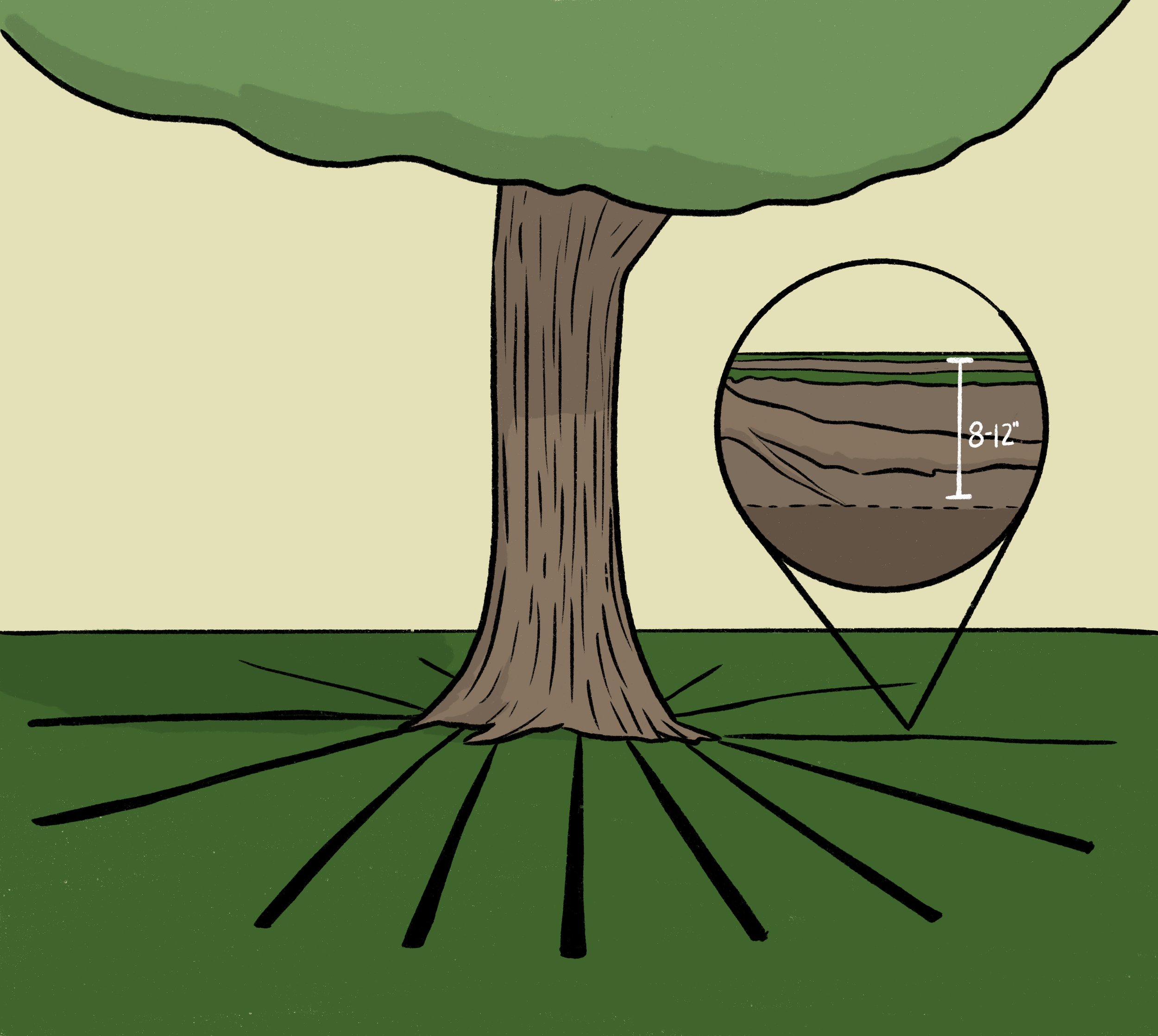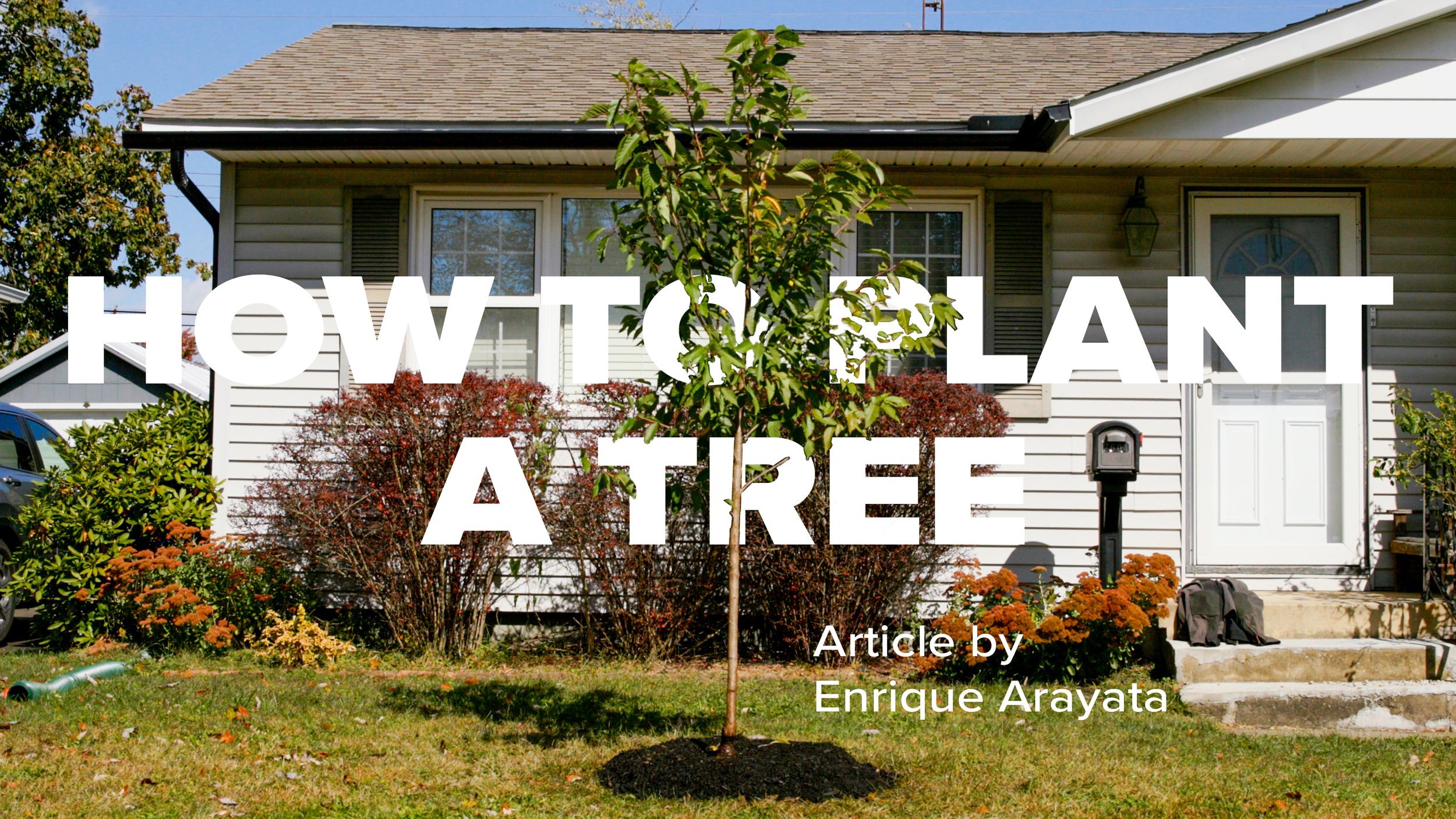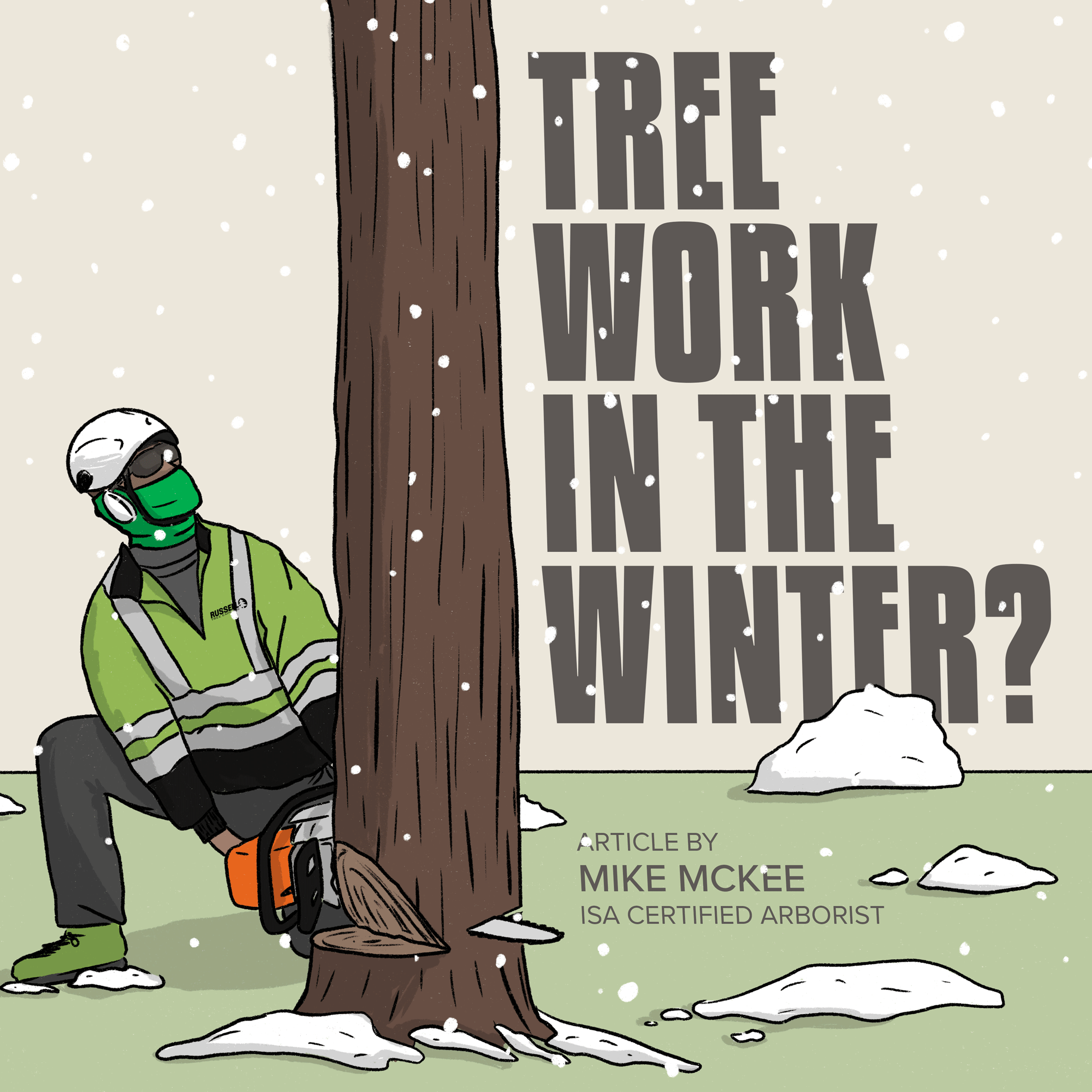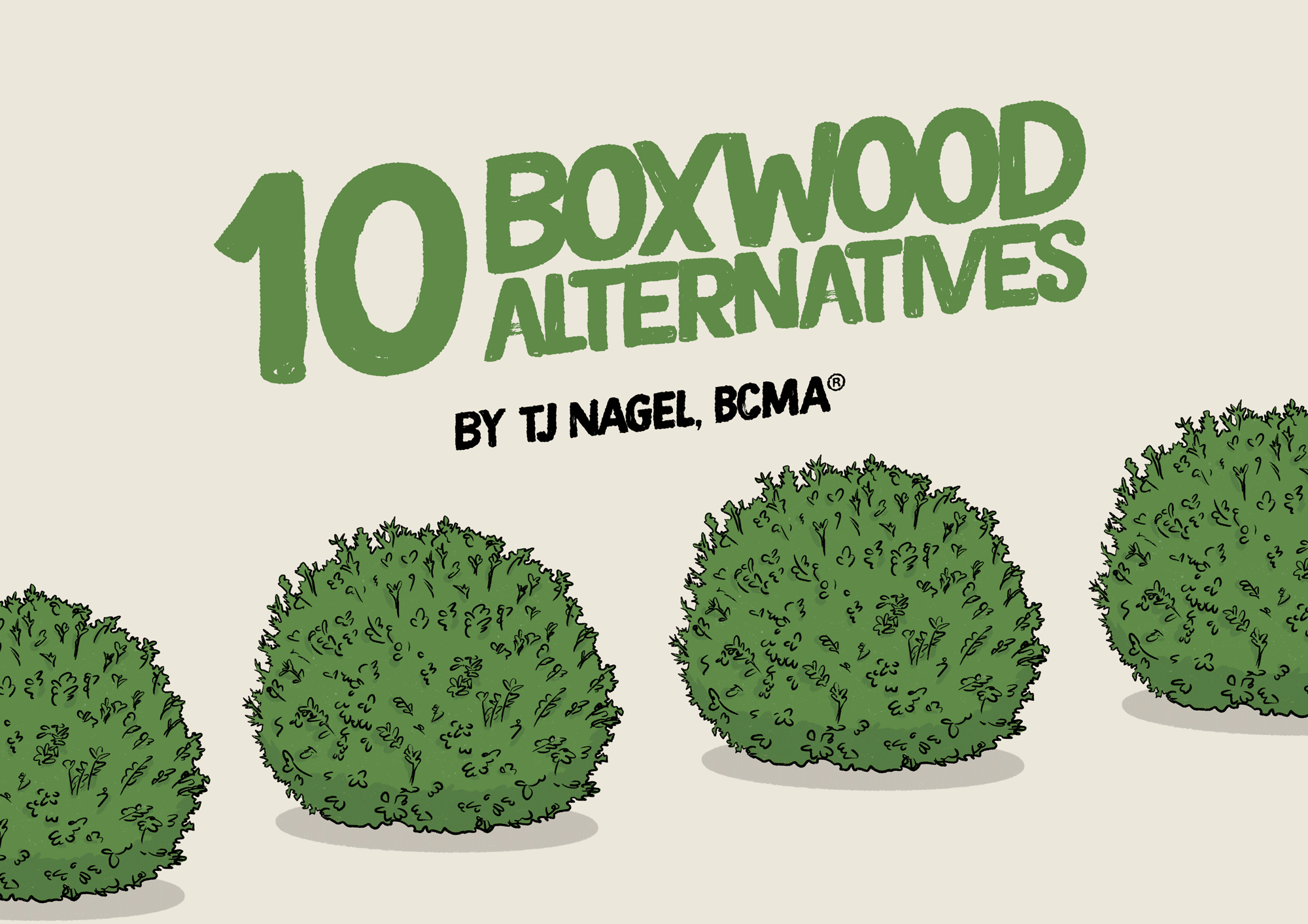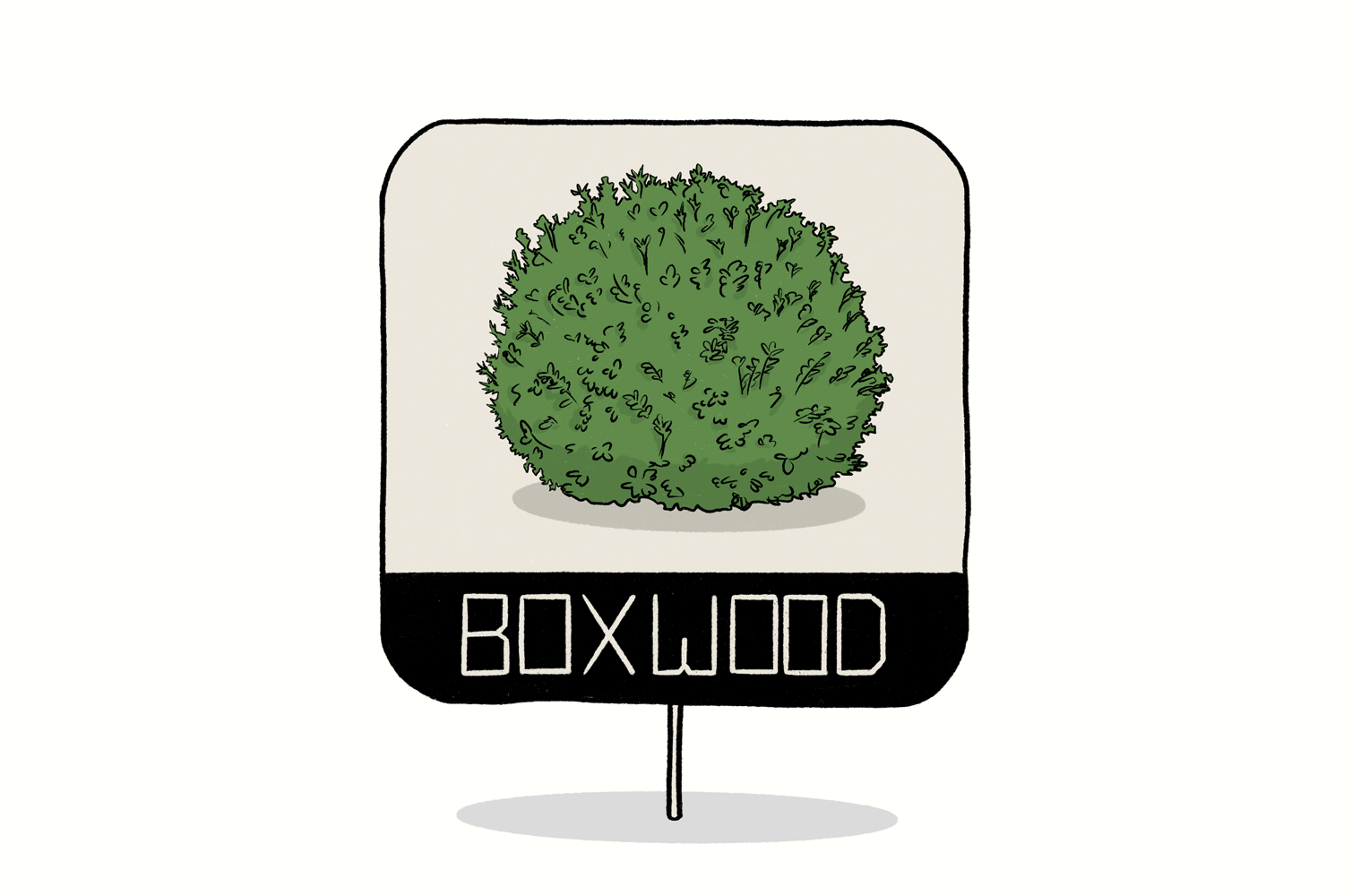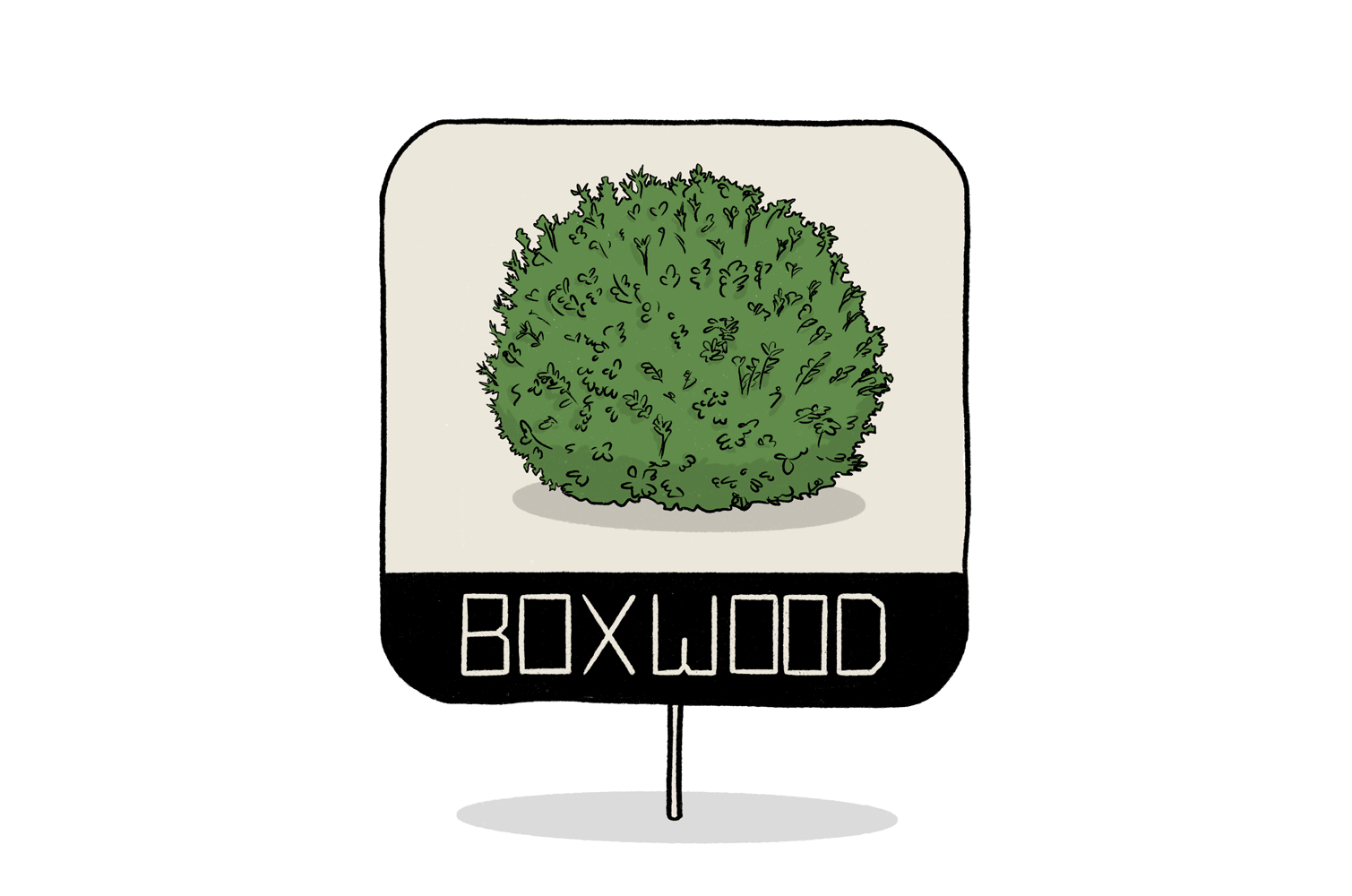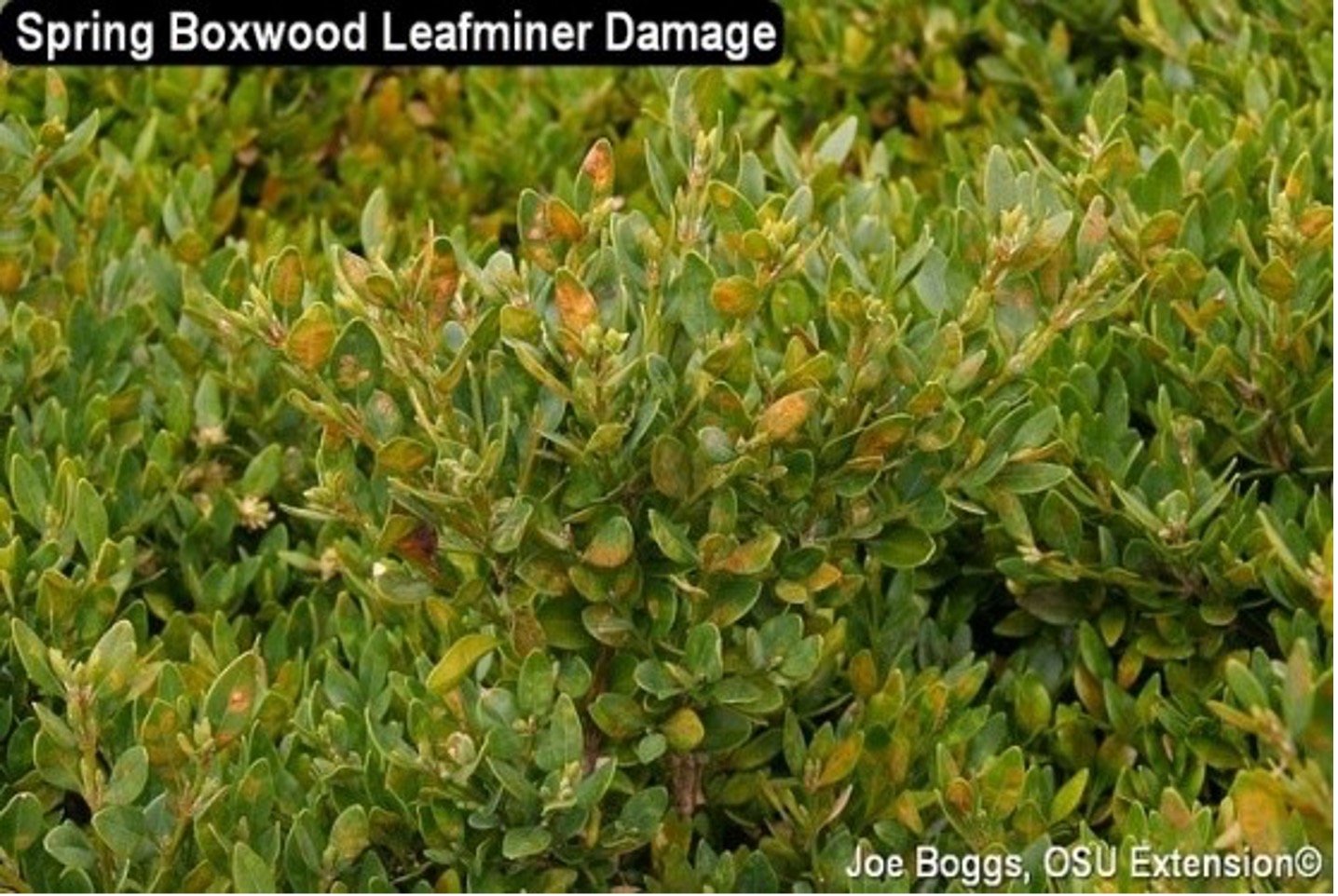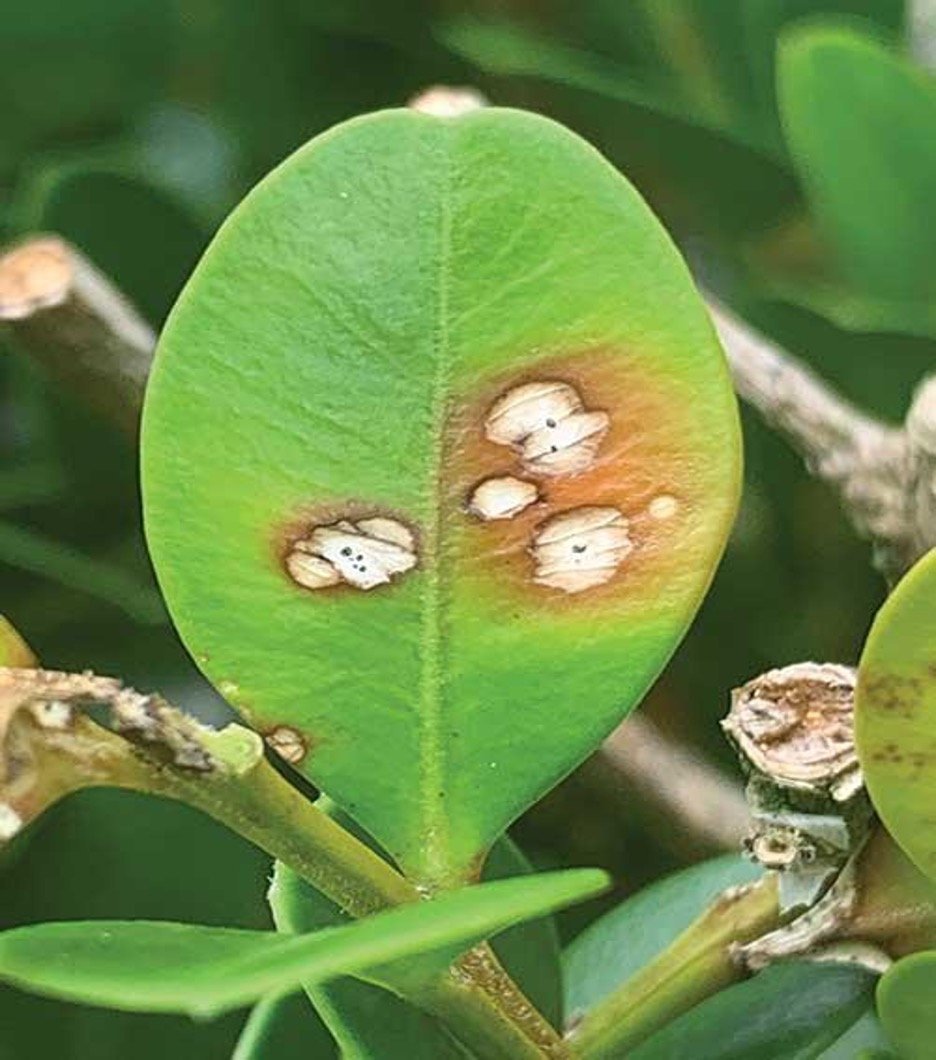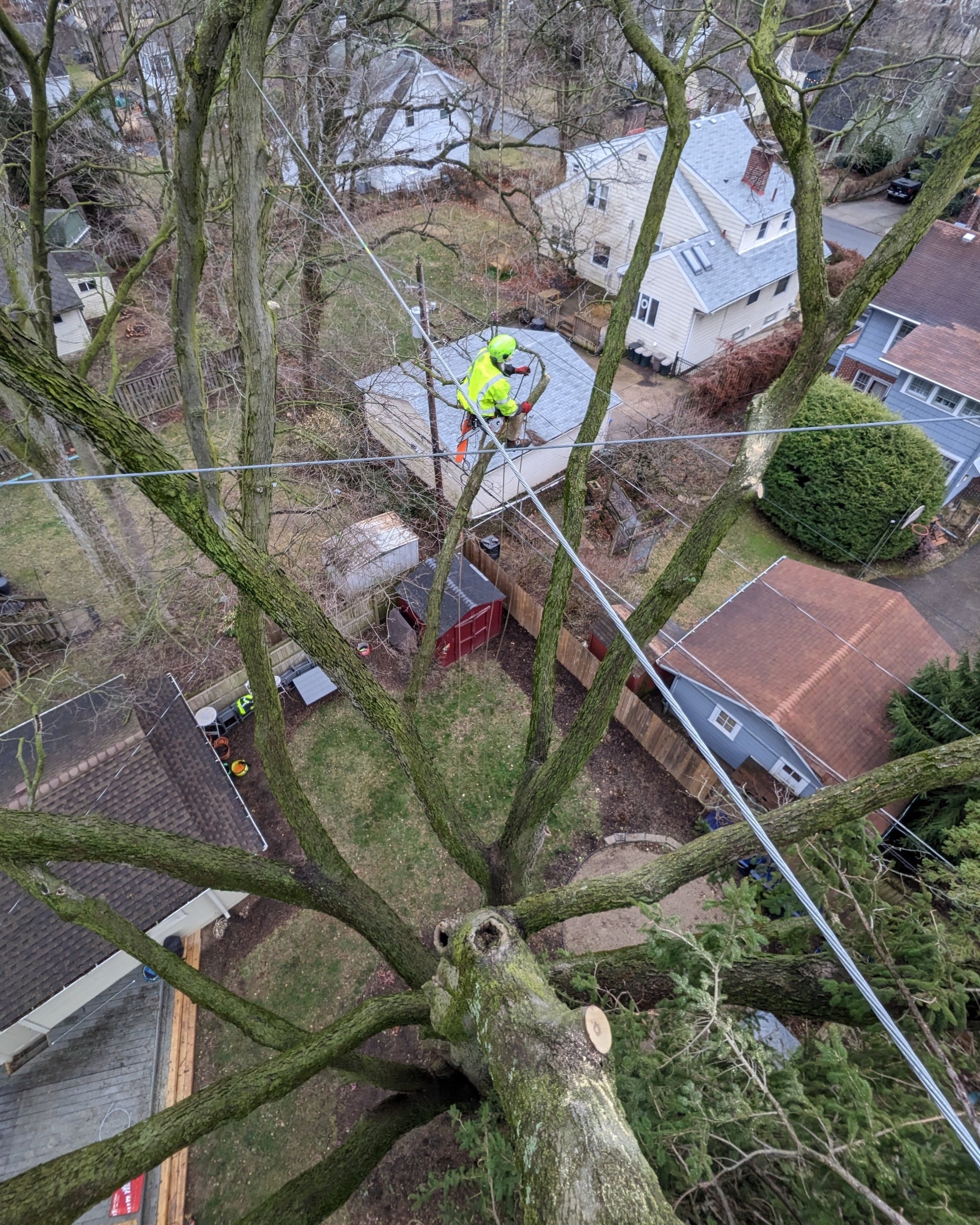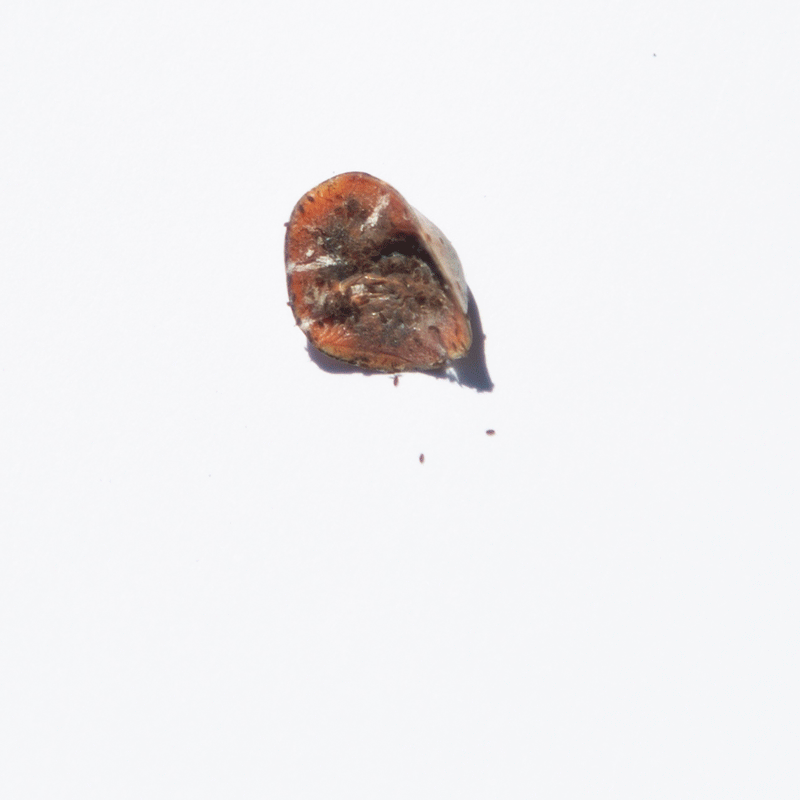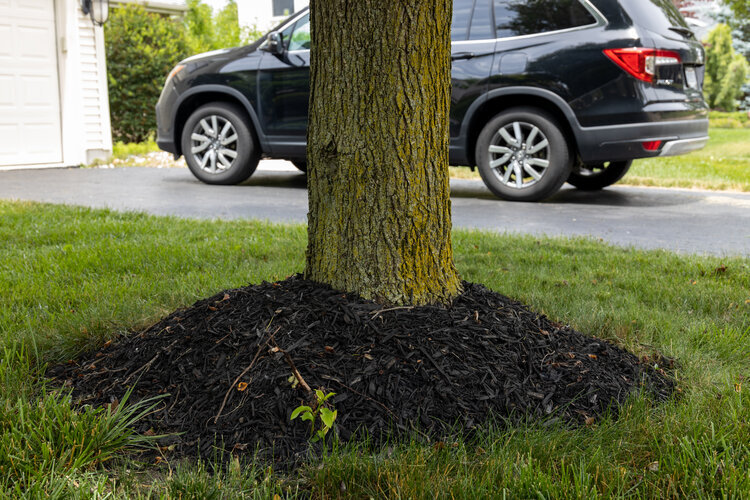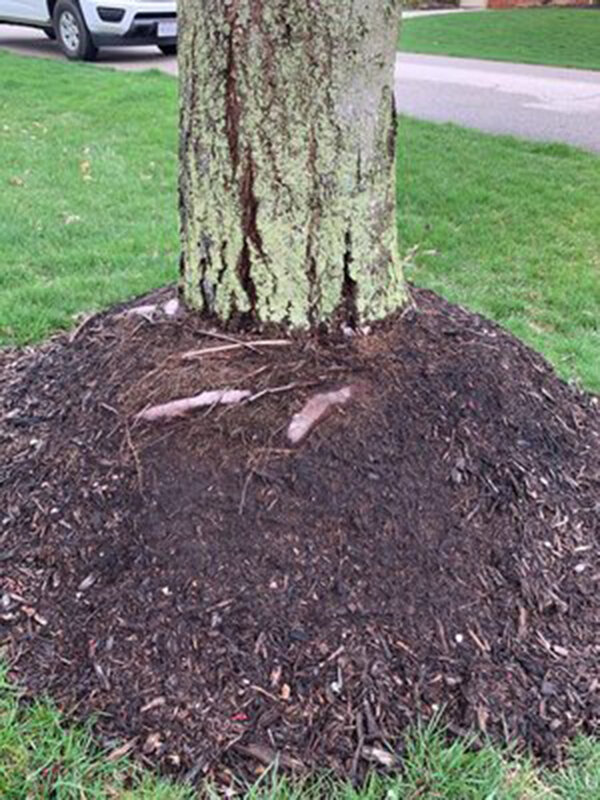By Enrique Arayata
April 18, 2024
If you live in or around Great Smoky Mountains National Park or vacationed there recently over the last few months, there’s a chance that you may have seen one of our large grapple trucks or our fellow arborists doing tree work. If you did a double take because you were surprised to see us there, don't be alarmed; that was indeed us and no we didn’t move our office from Westerville, Ohio to Gatlinburg, Tennessee. We were trusted by The National Park Service to perform extensive tree work services around the park and we were honored to care for the trees in such a beautiful and breathtaking area.
This tree work project spanned across primarily eastern Tennessee and portions of North Carolina working on a variety of different tree work services. It lasted for approximately 4 months spanning from approximately December 2023 to March 2024 with our crews working 10 to 11 hours 5 to 6 days per week. This heavier work schedule was to take advantage of the little sunlight during this time period, to account for lighter days of tree work during unideal weather, to be able to go home and visit family during the holidays, and to finish a couple of weeks ahead of schedule!
The primary service of our tree work project at Great Smoky Mountains National Park was hazardous tree removal. Trees were deemed to be hazardous if they presented any significant signs of decay or risk of failure near populated areas such as roads, parking lots, and campgrounds. A good litmus test was that if a tree could fall on a person or vehicle, we pruned or removed it. If there was a potentially hazardous tree deep into the woods with little to no foot traffic or an already uprooted tree with no potential energy, they were left untouched as they do not pose a risk and can be beneficial to its local ecosystem. Next, we performed prism clearing where we pruned in a pentagonal shape along roadways to provide additional clearance for taller vehicles and large trucks and to clear additional line of sight around blind curves and corners. Lastly, we visited over two dozen different vistas across the park and removed any small brush and any pioneer or invasive species that would inhibit the view for visitors while avoiding any specimen trees. We applied herbicide onto the very small stumps to minimize the chance of resprouting.
Since this project was a little ways away from our office in Westerville, Ohio our arborists had to bring a lot of equipment to make sure we could get the job done! Two grapples truck were used so that we could load one grapple truck with excess woody material while the second one was hauling it away to a mulching site. A bucket truck was used to help prune tall limbs. For cleanup, we utilized an articulated loader to move around larger pieces of brush and backpack blowers and a stand-on blower to blow small debris like leaves and sawdust away from the road. When it came to vista clearing, climbing gear was used to help scale up and down the vistas along, a trimmer to clear small brush, a backpack pump sprayer to apply herbicide, and of course, chainsaws to get to cuttin’!
This project was led by our offsite project manager Tyler and crew leader Storm with a rotating crew of 6 other arborists. I chatted with them to get their insight on this project and the general consensus was strongly positive! All of them had a great time and would go back to work at Great Smoky Mountains National Park again! They said it was a fun chance to travel, visit new places around Gatlinburg, Pigeon Forge, and the park itself, and build stronger relationships amongst each other. It was a refreshing change of pace from the traditional, residential tree work in central Ohio! We are honored to be given the trust to work at Great Smoky Mountains National Park and would like to thank The National Park Service for this opportunity and for helping to keep everyone safe by providing traffic operators and temporarily closing down work zones to the public when needed to minimize any risks and hazards. Below are various videos produced from this tree work project including a formal interview, a day-in-the-life, and montage of cool tree work clips!
Our fellow arborists Pedro, Storm, Brian, TJ, Tyler, Scott, and Juve! (left to right)
Videos from Great Smoky Mountains National Park
Sincerely,
Enrique Arayata I Media Production Coordinator, Russell Tree Experts
In his free time, Enrique enjoys working out, hanging out with his girlfriend, video production and photography, cars, technology, cooking, and watching new movies and YouTube videos. He has a BA in moving image production with a double minor in film studies and studio art specializing in photography from The Ohio State University, an AA in web graphic design from DeVry University, and is an FAA Certified Remote Pilot.


